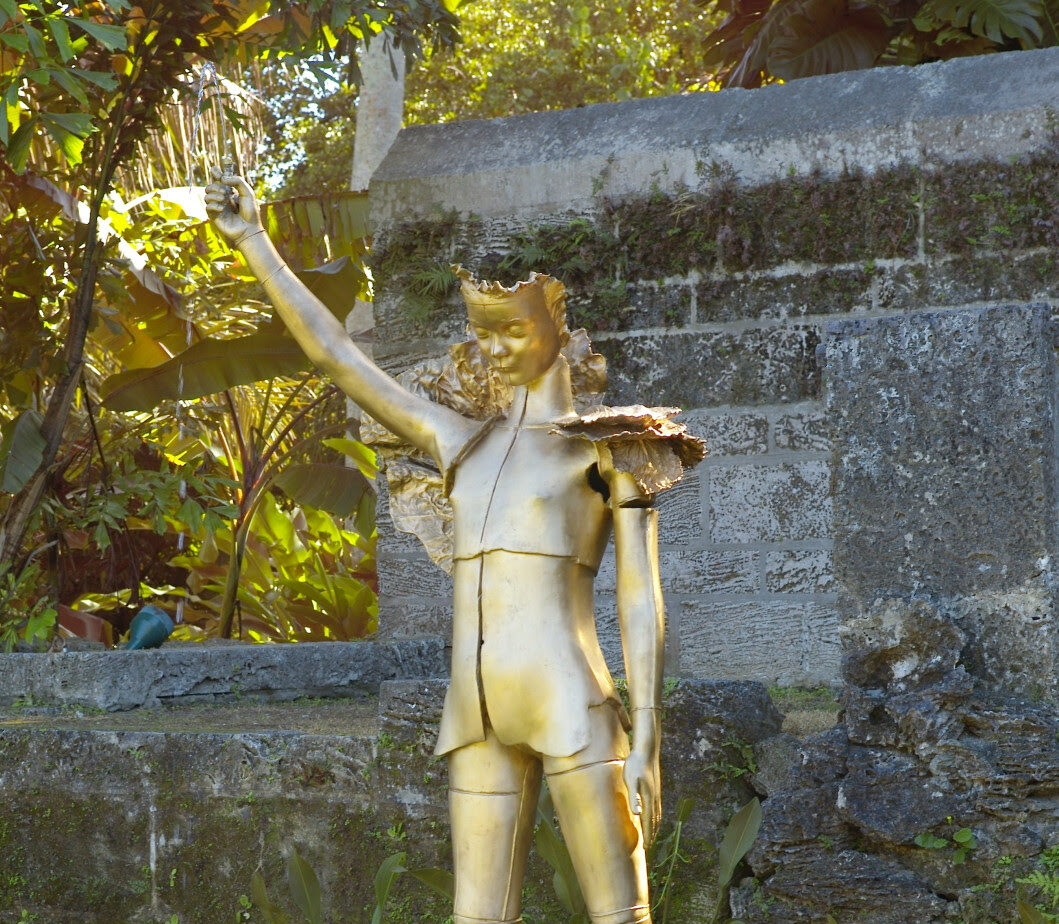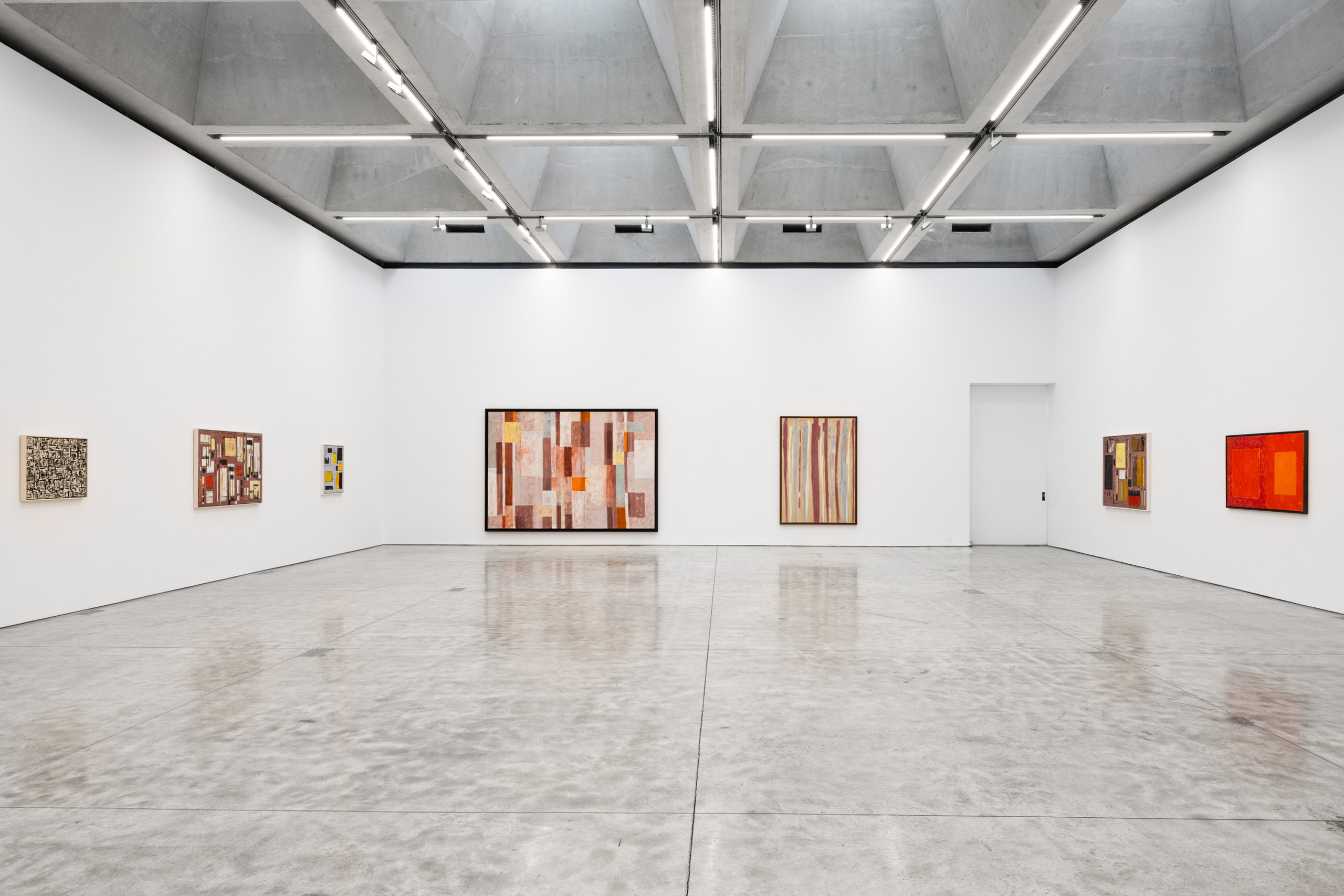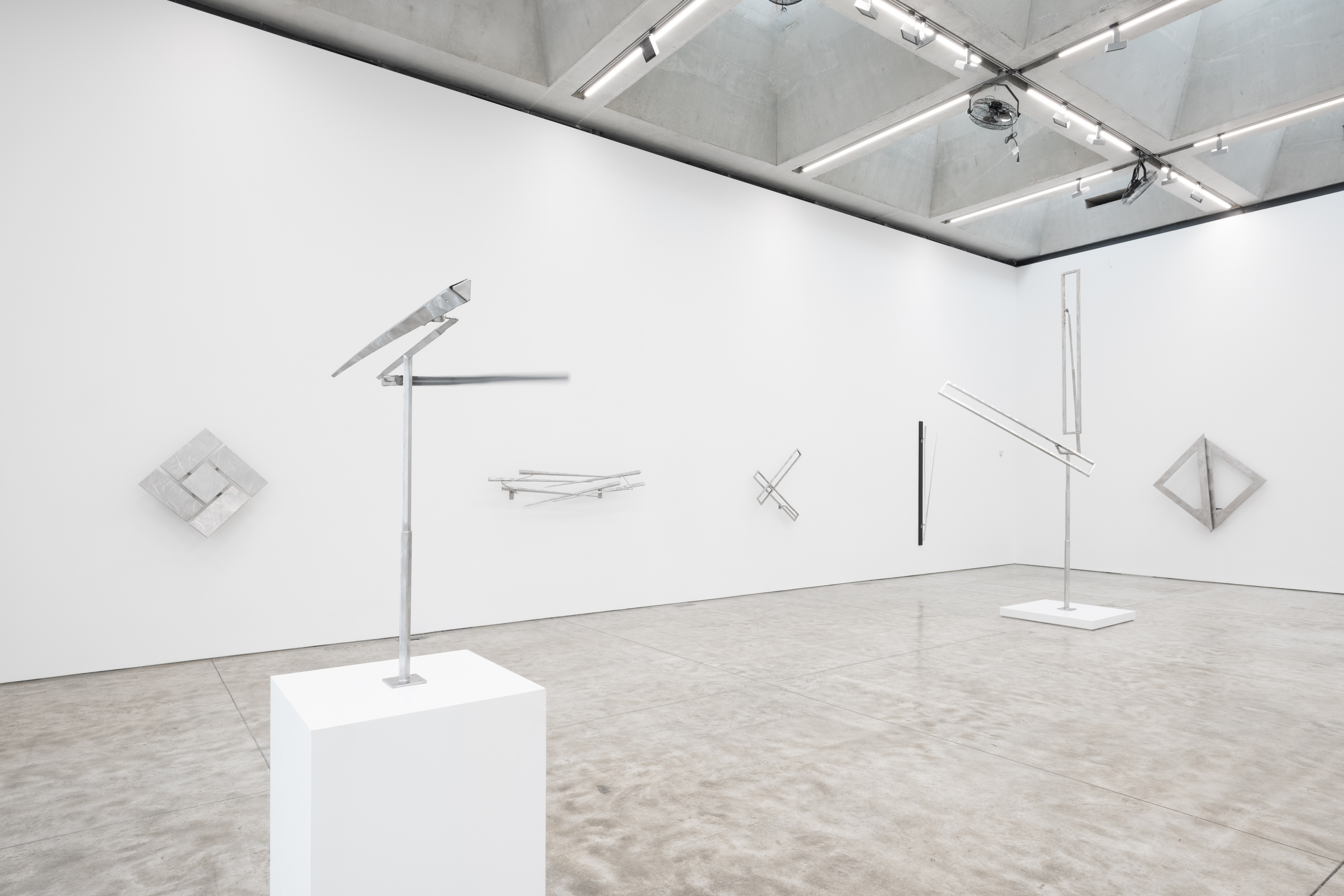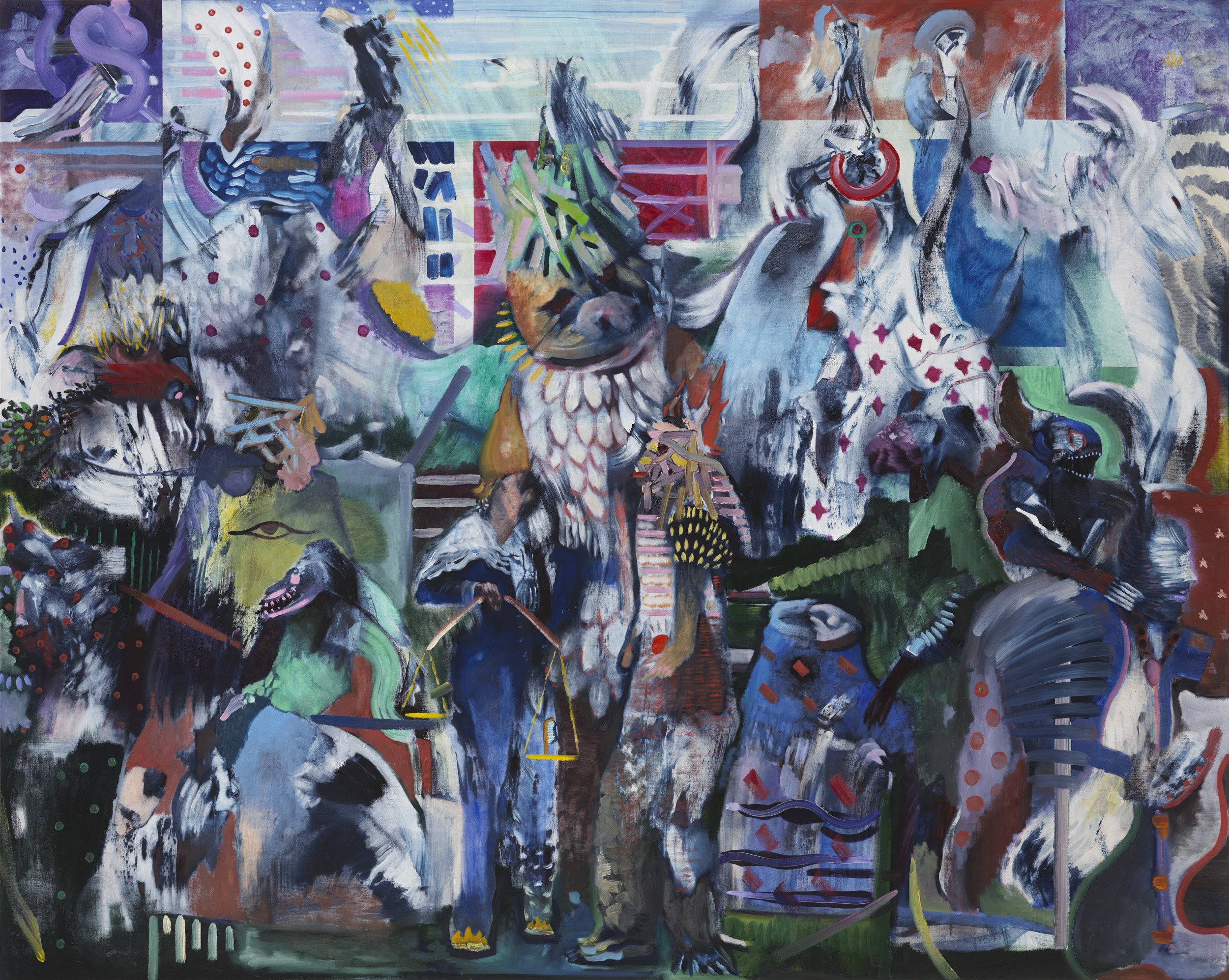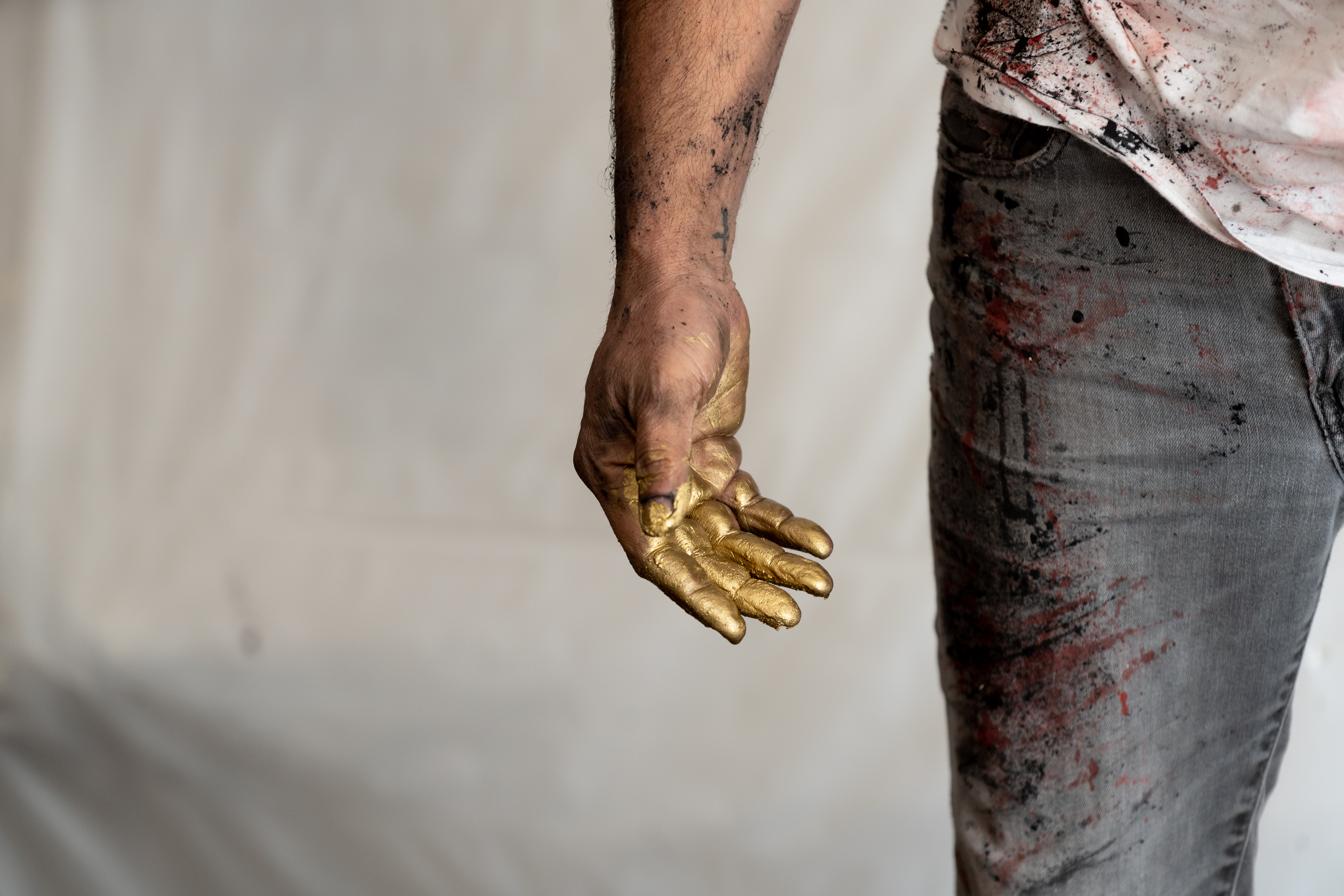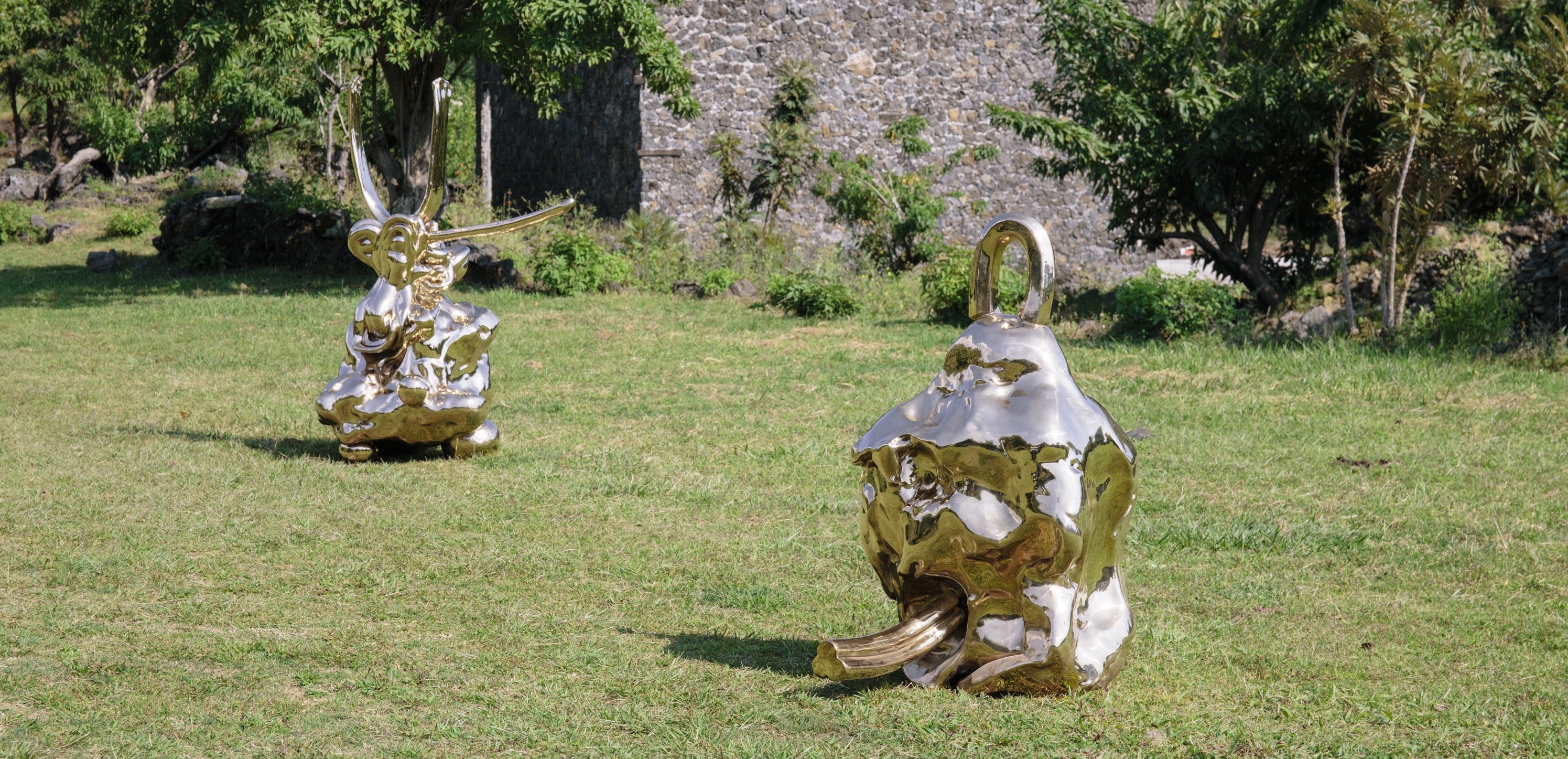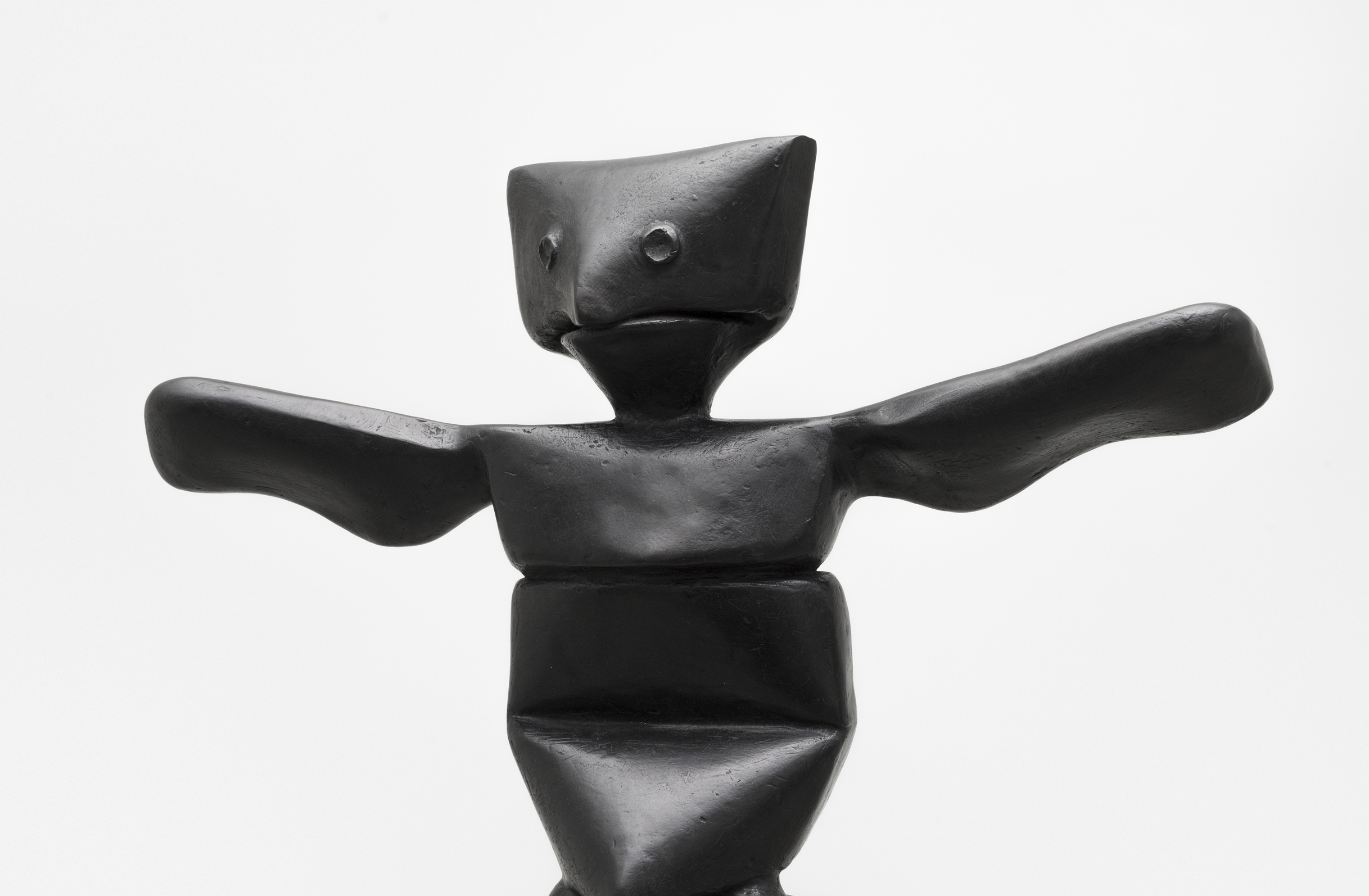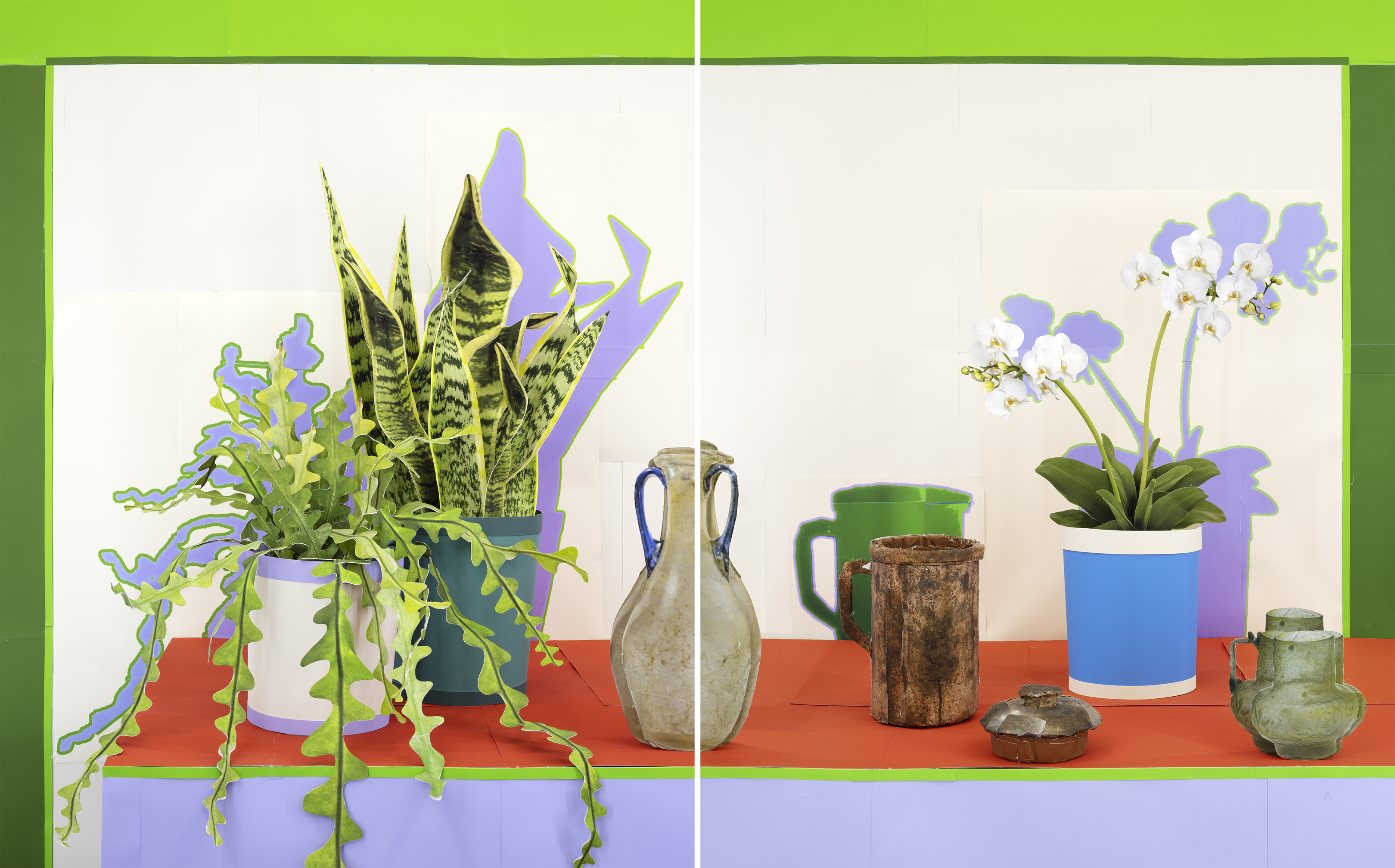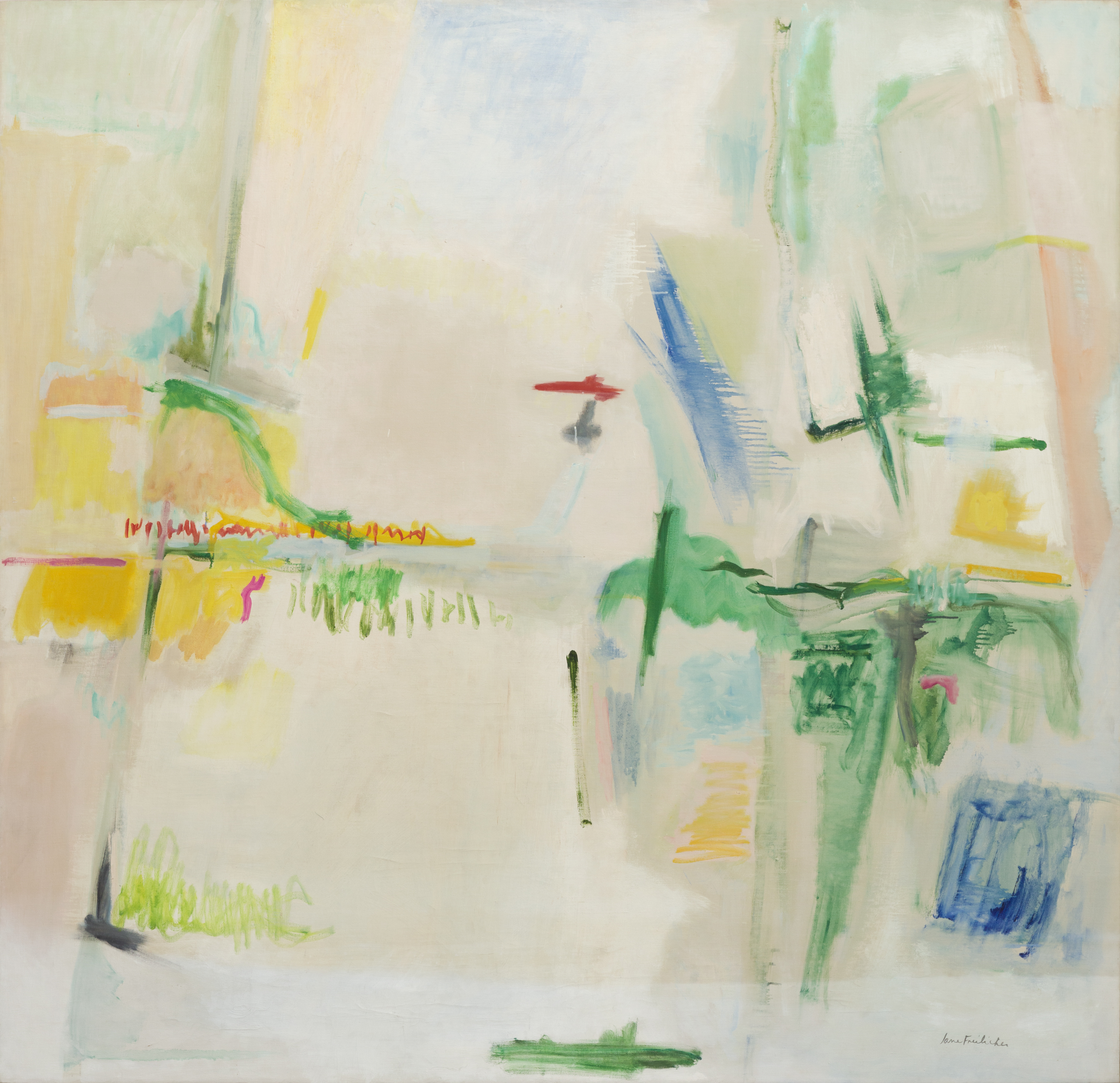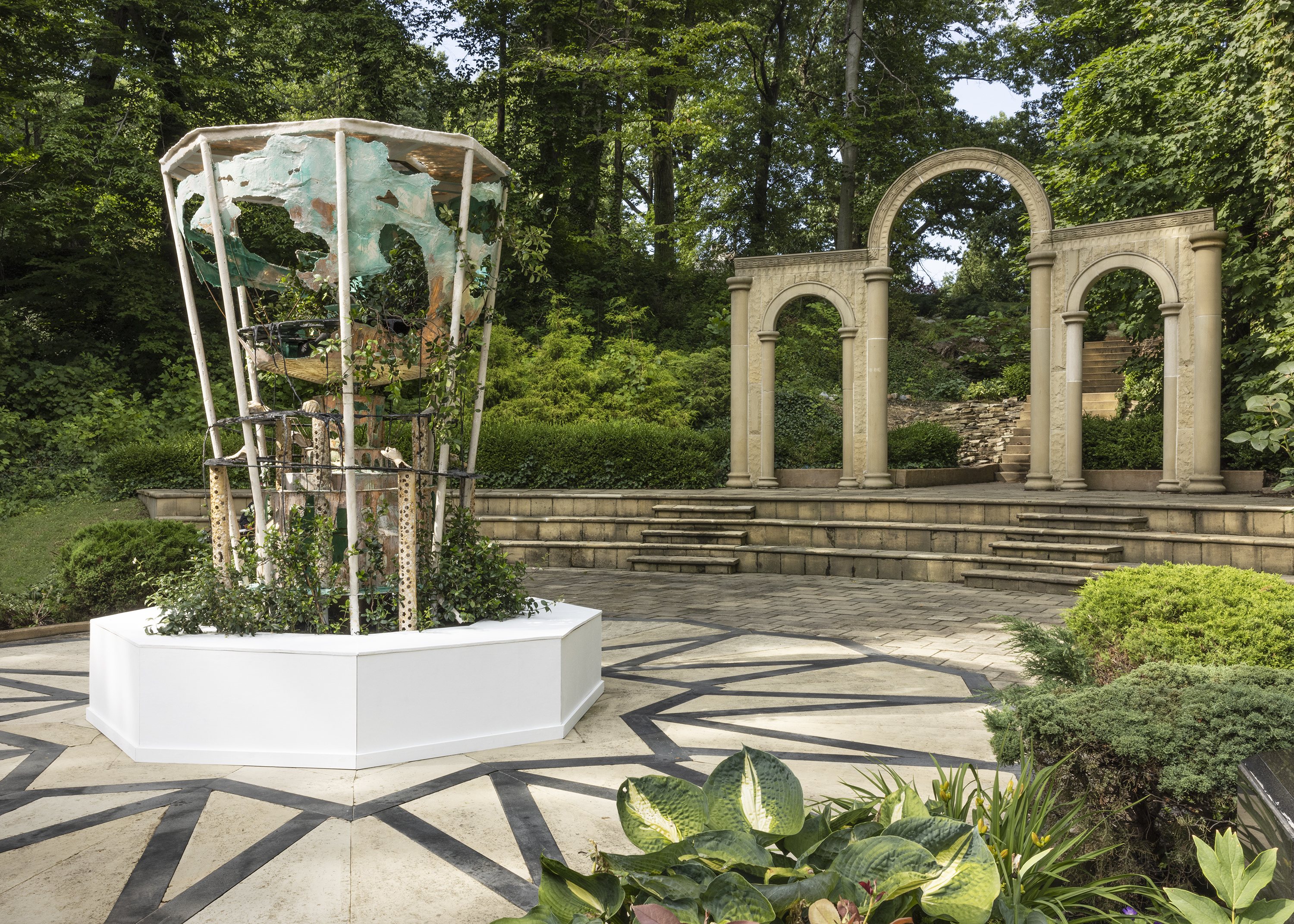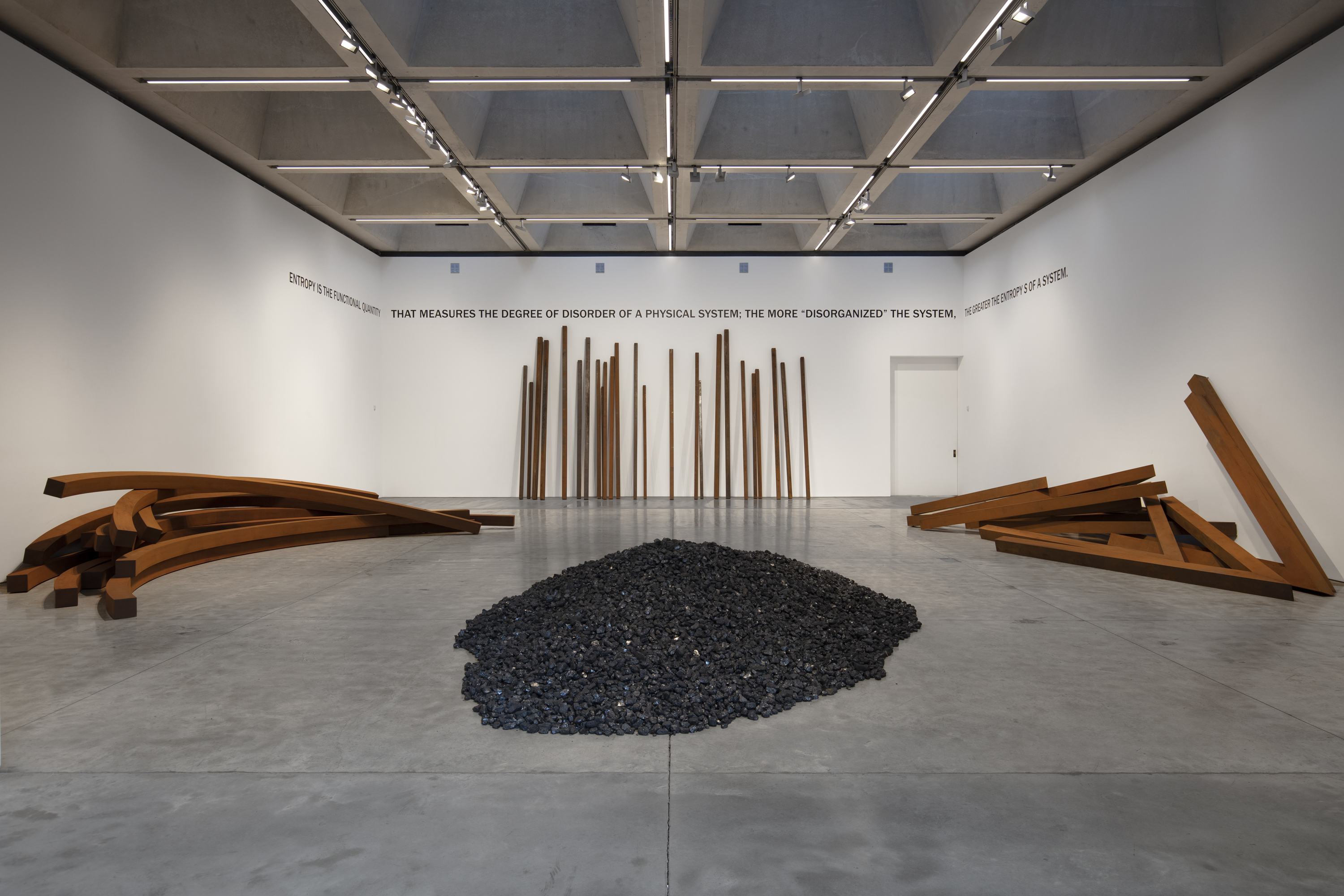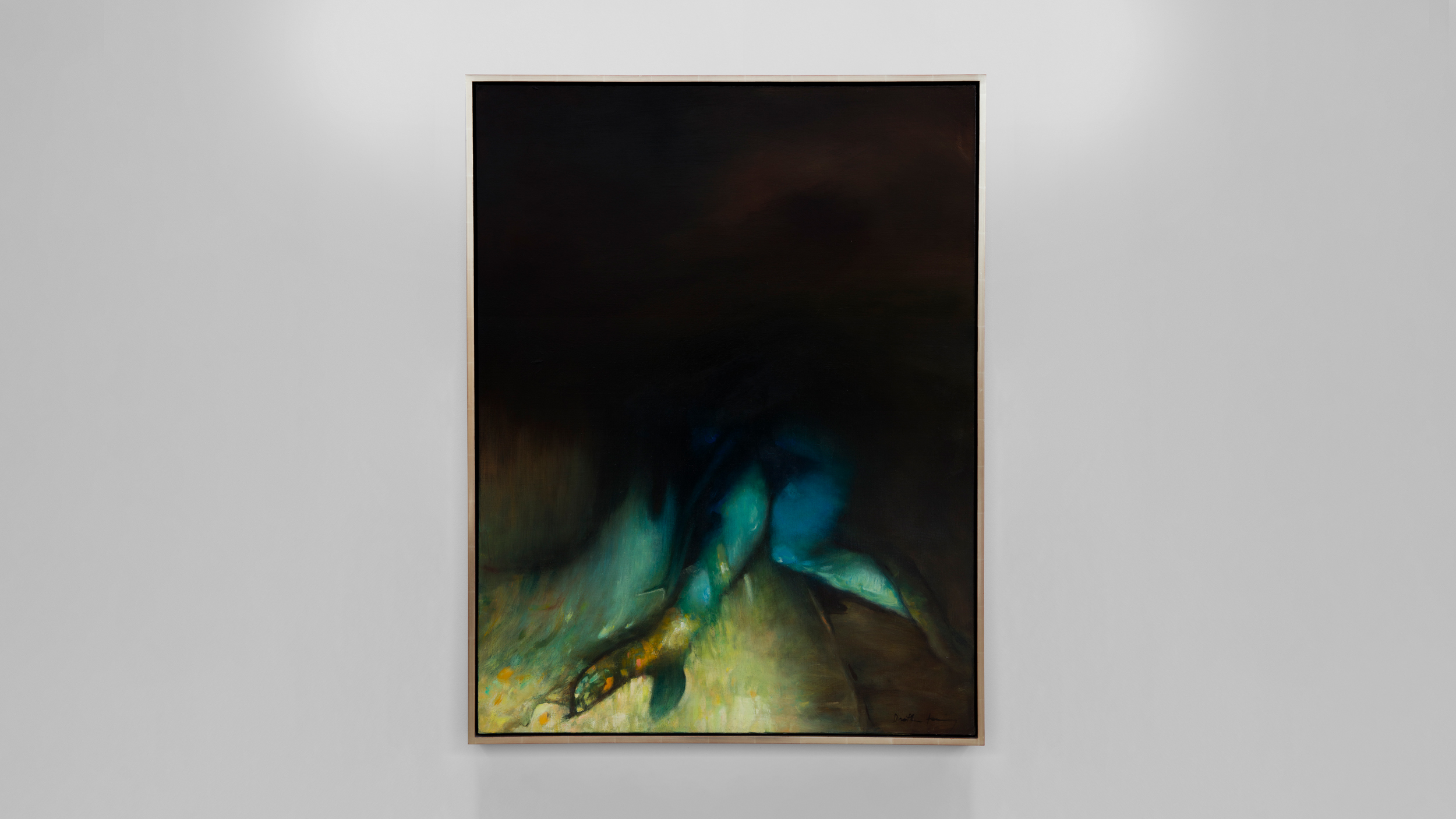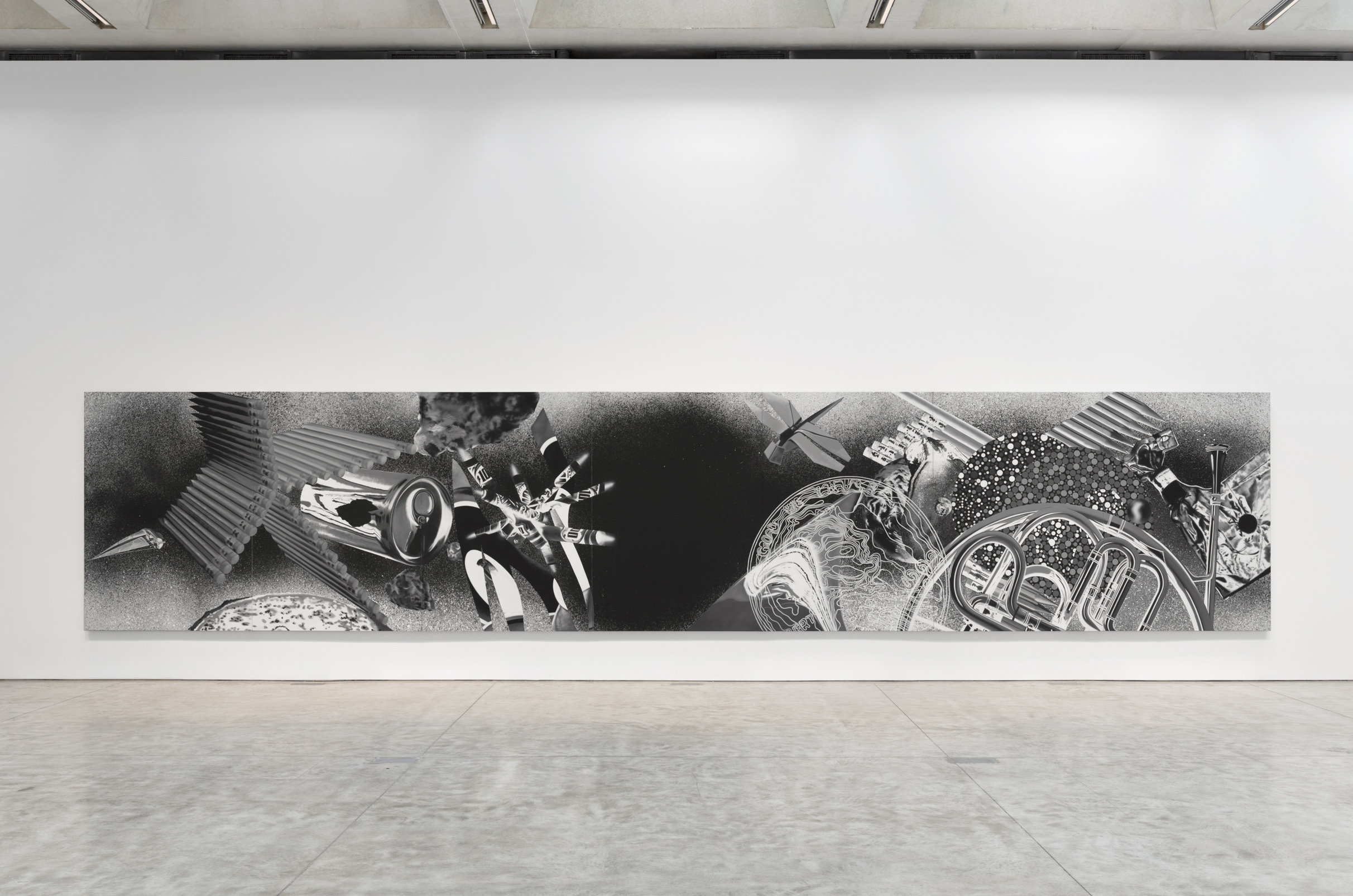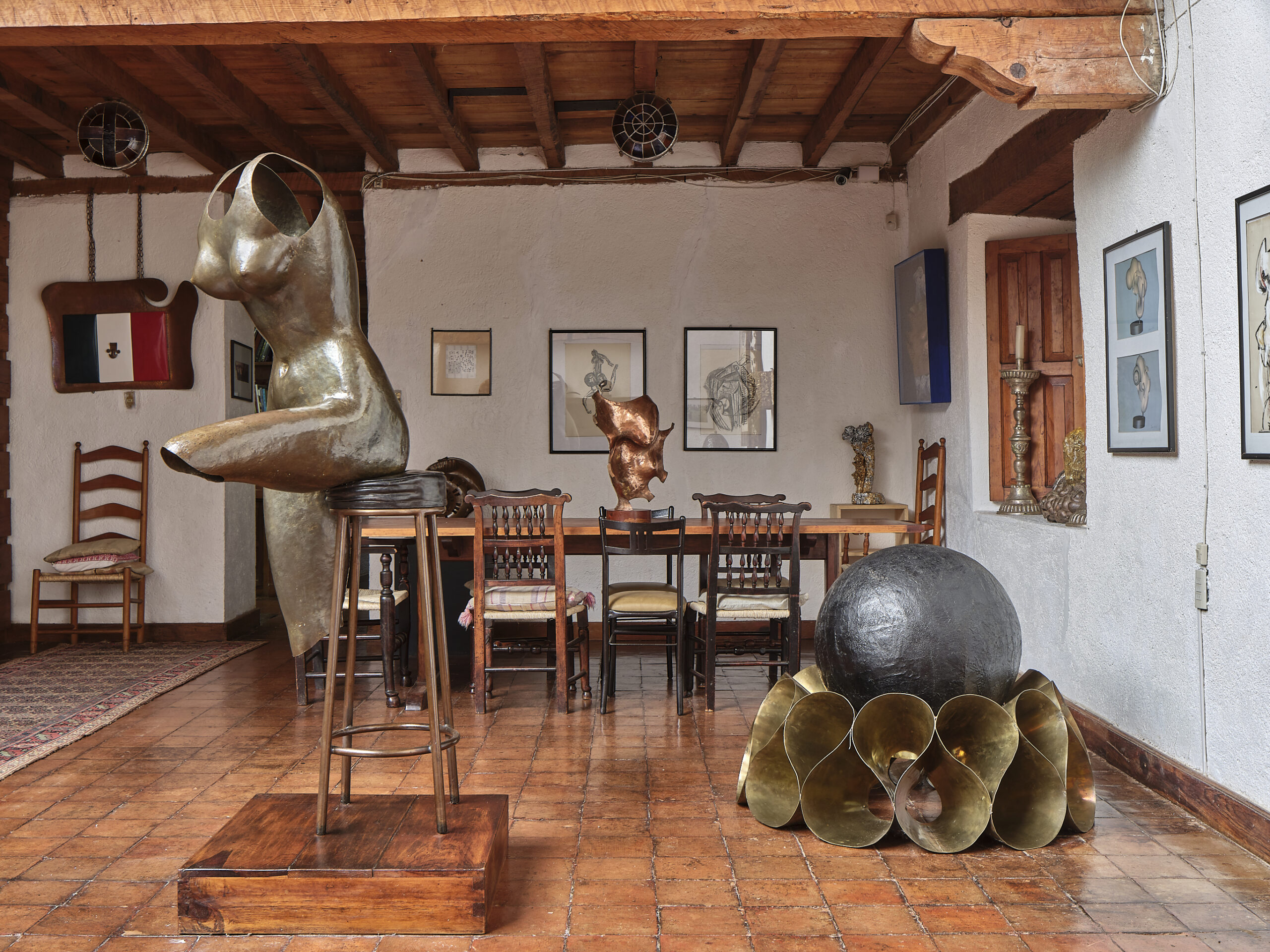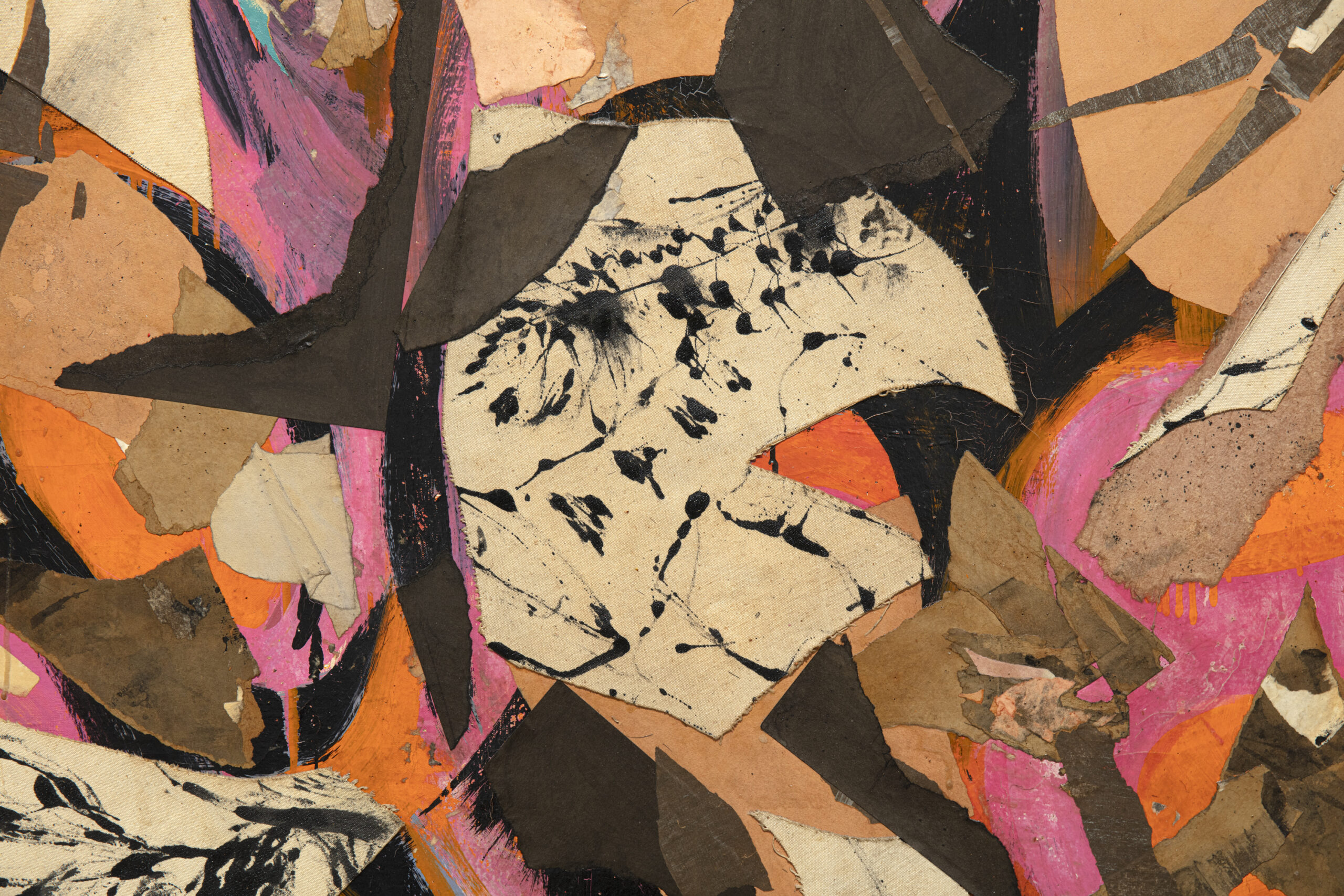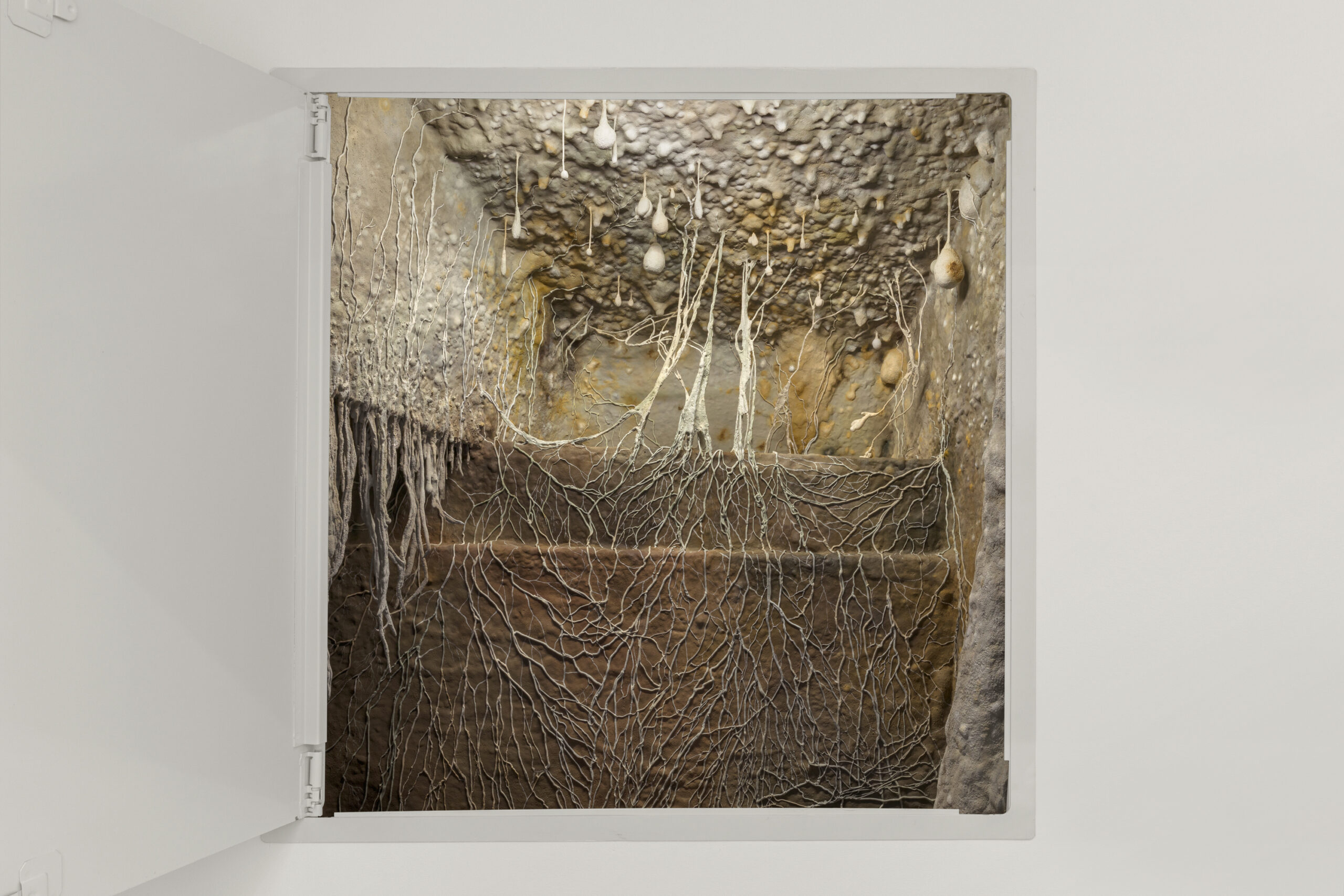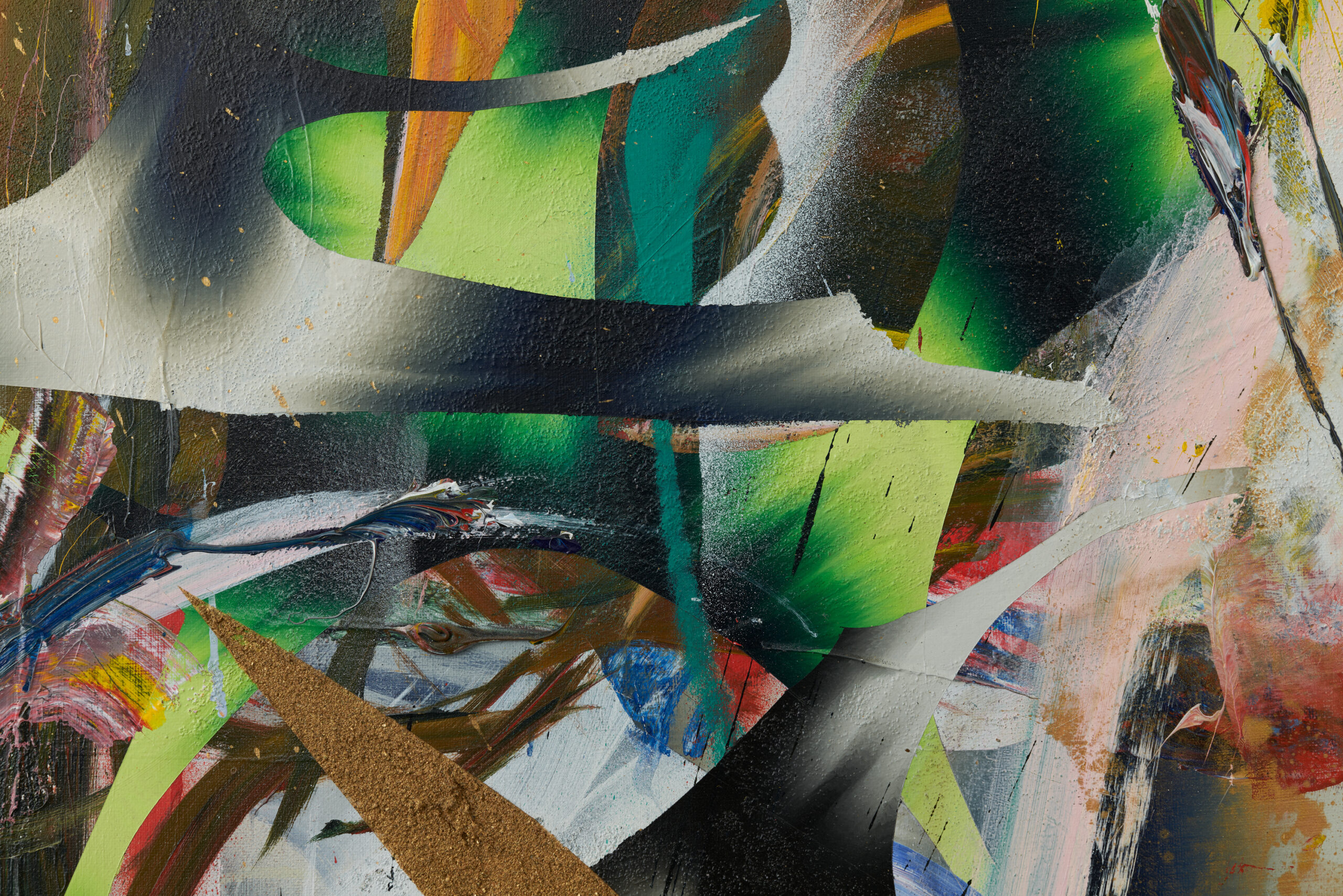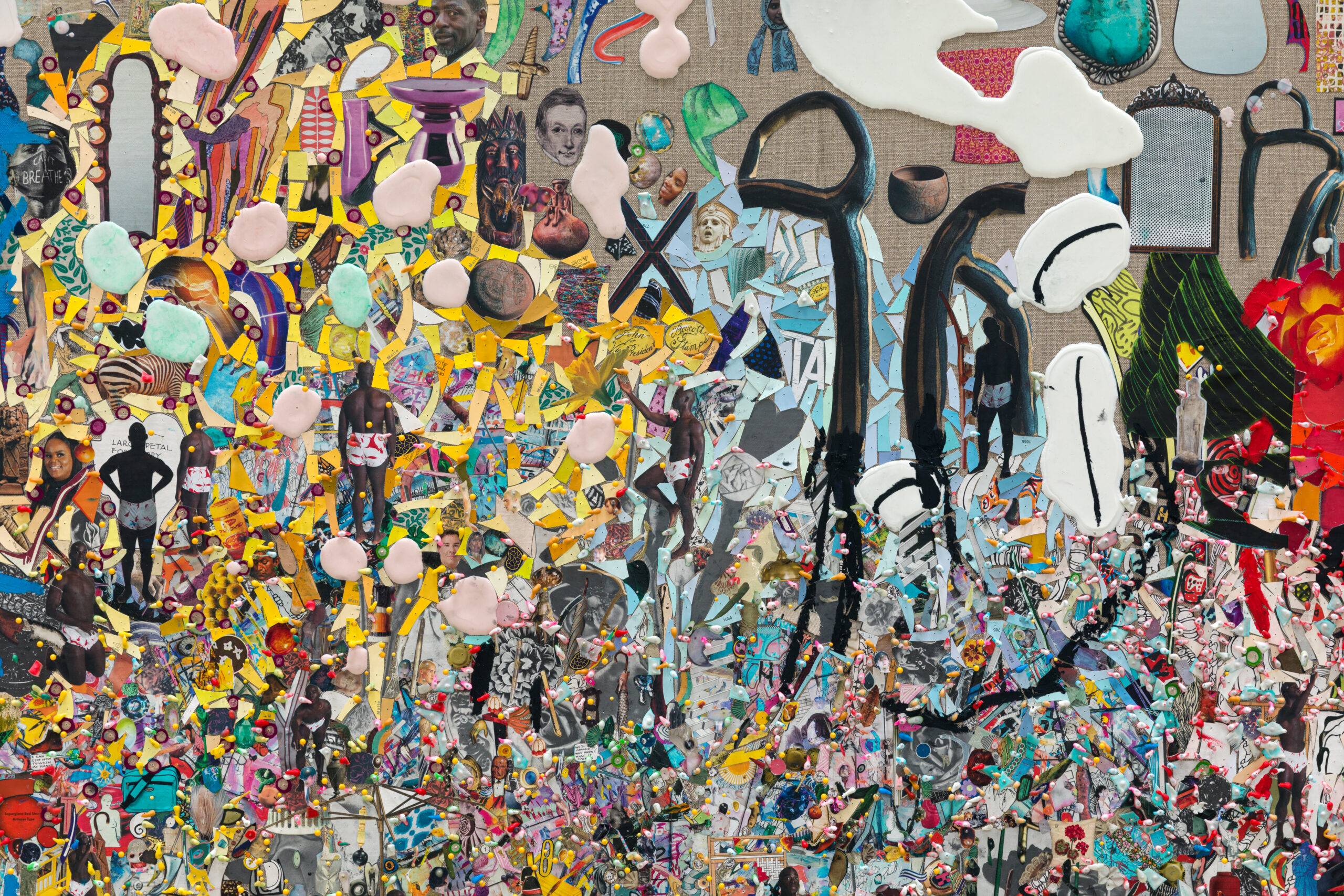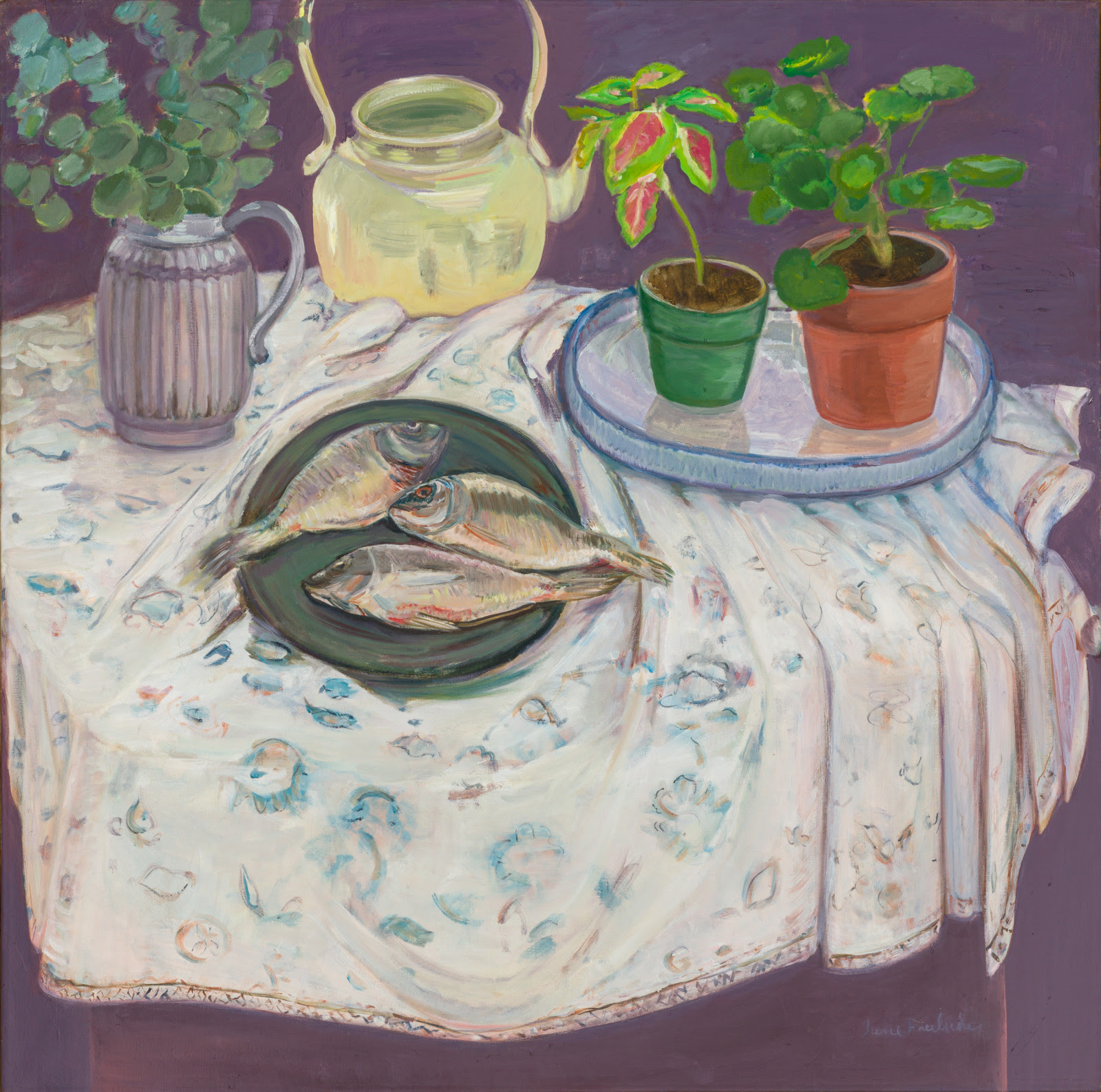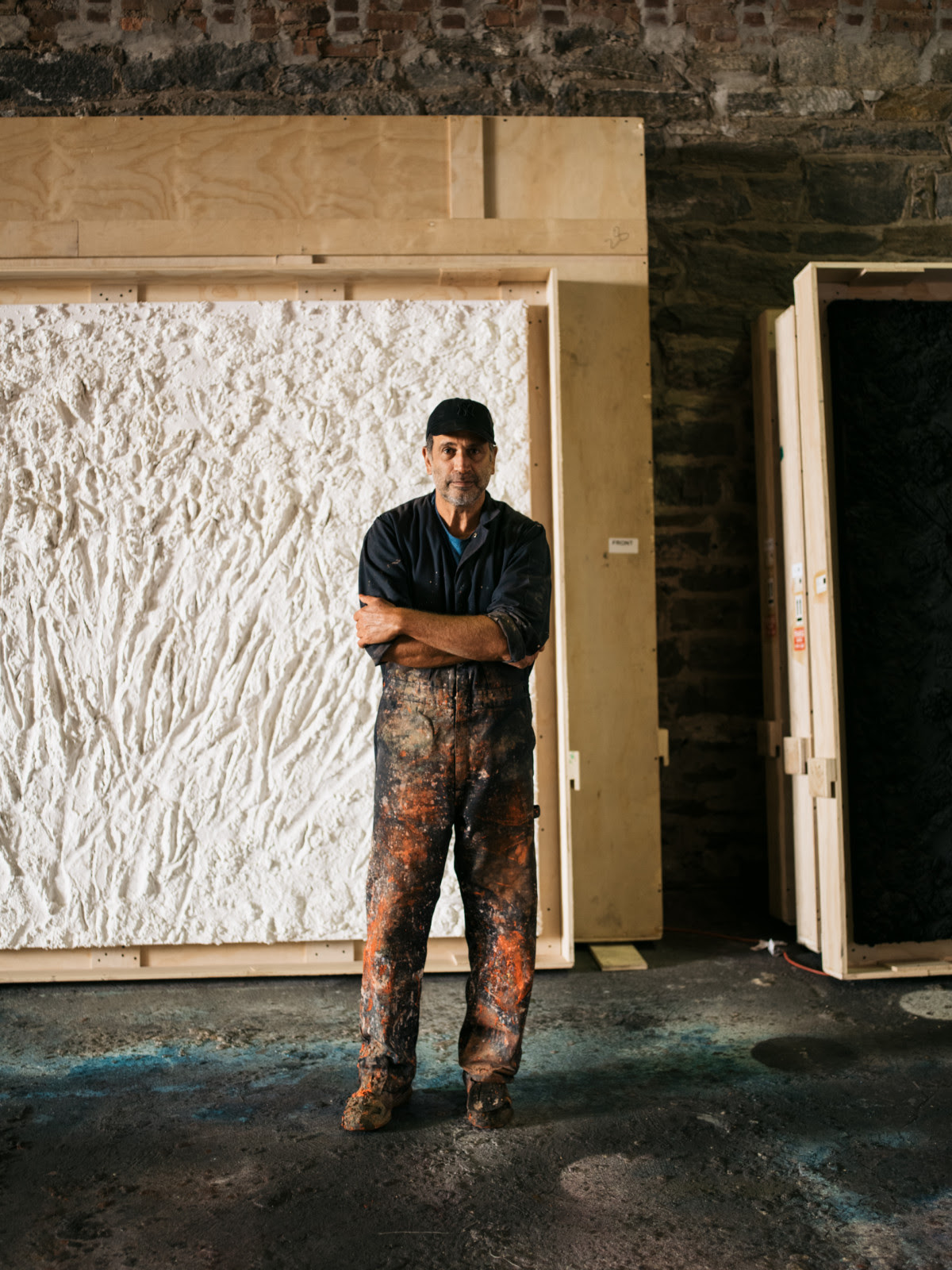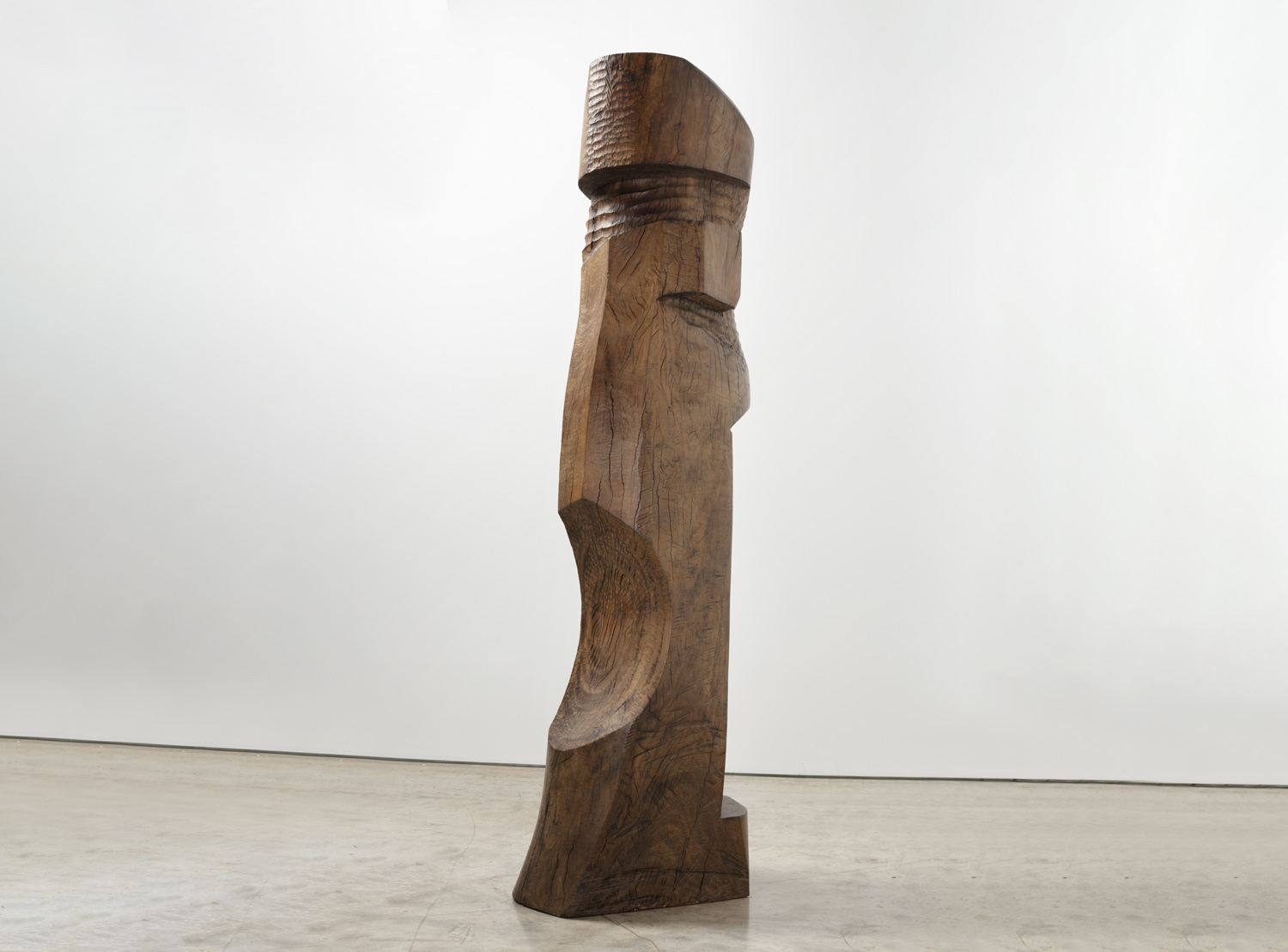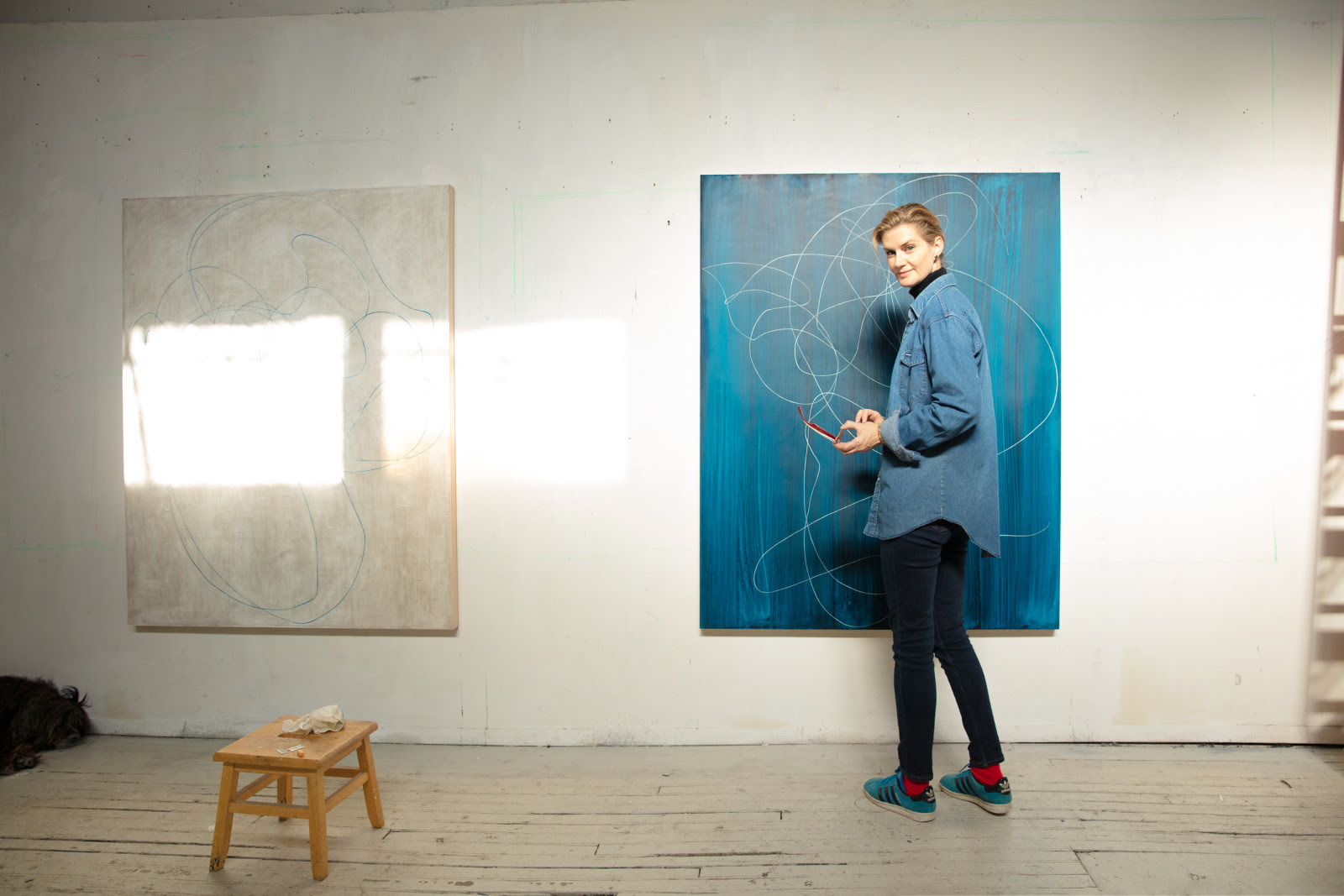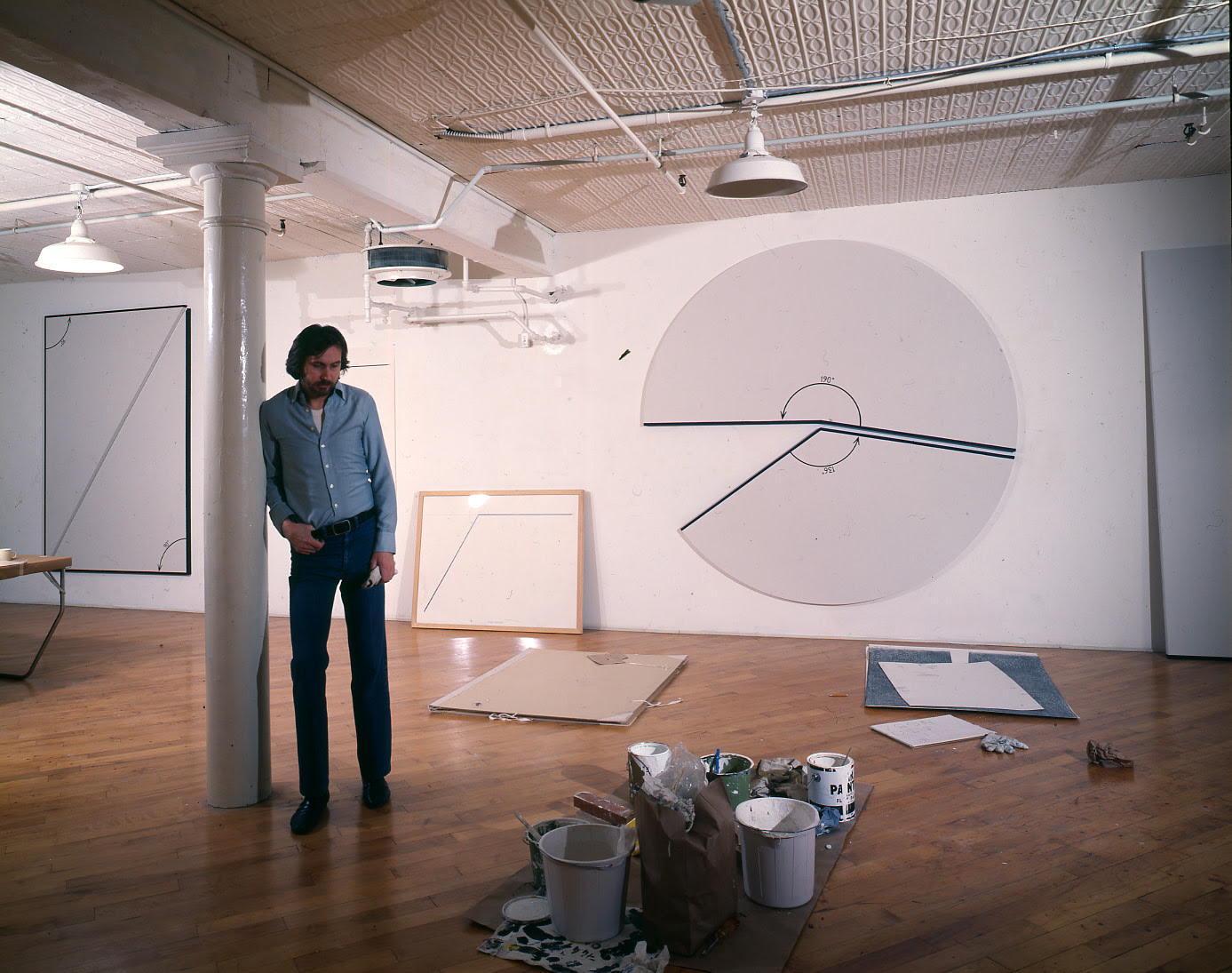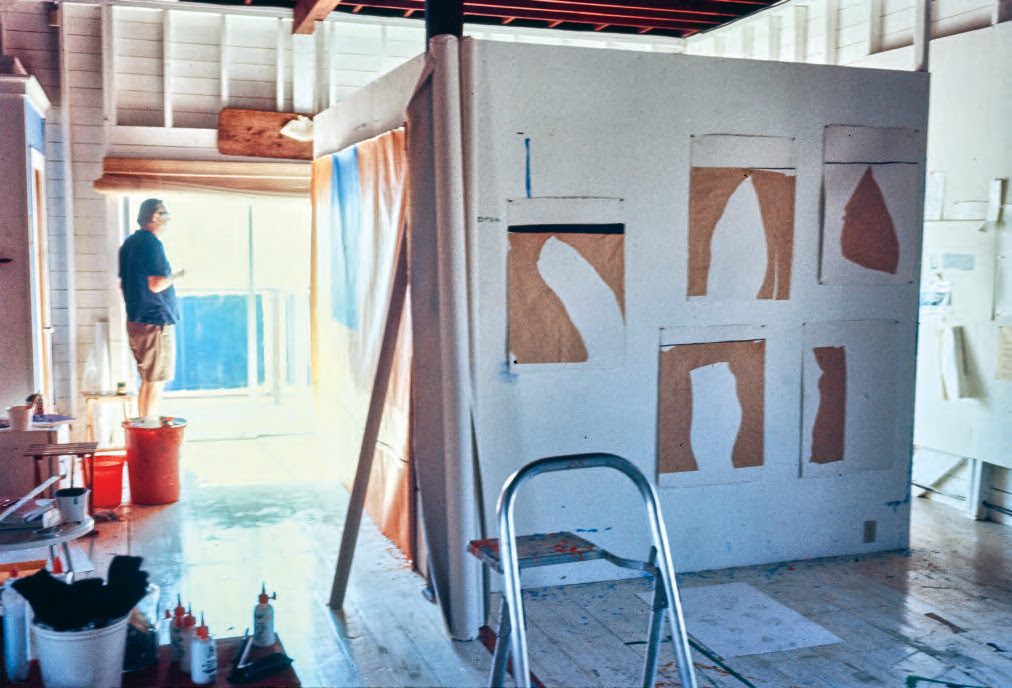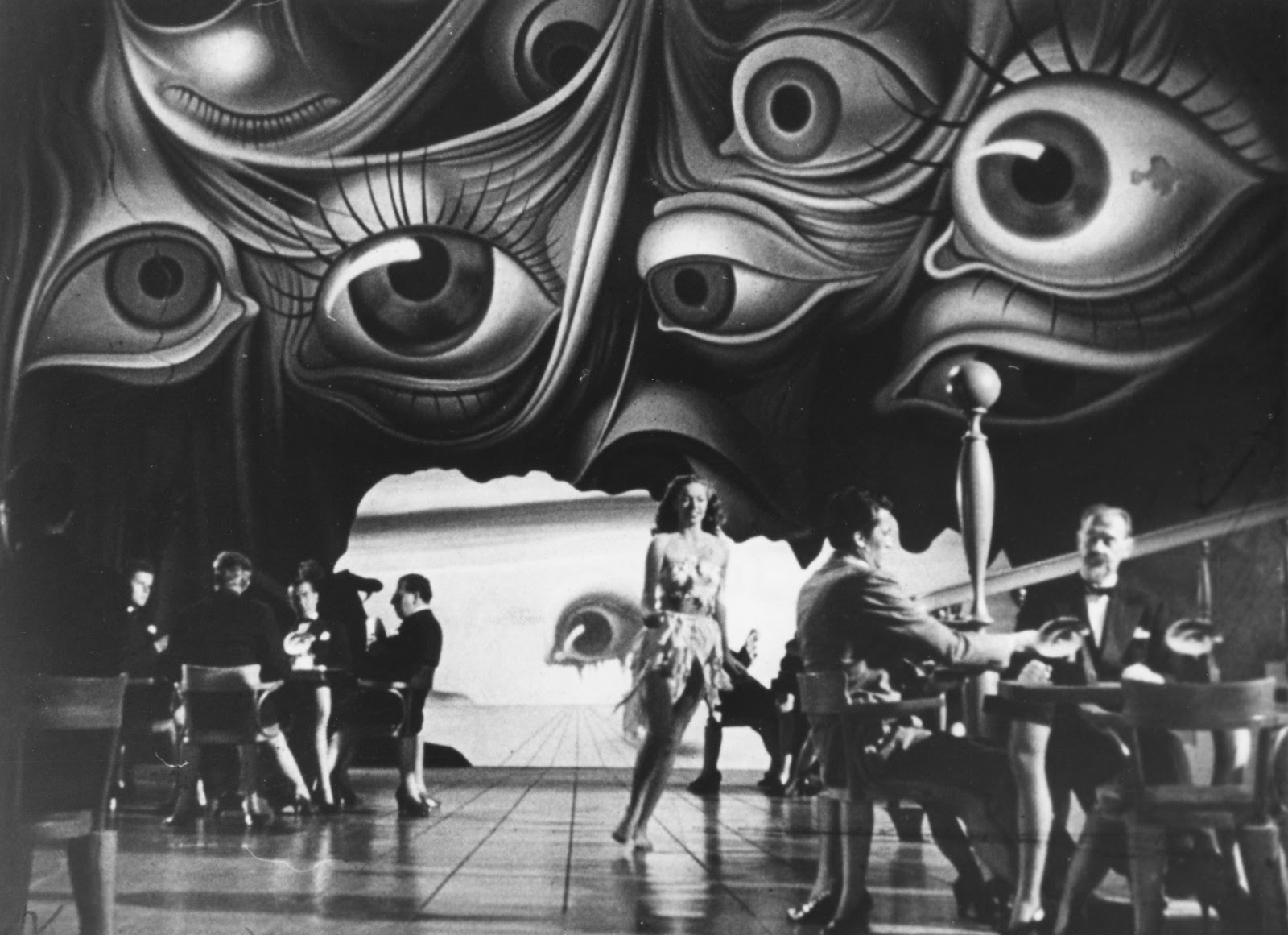The case of Les Lalanne is so rewarding because it lies at the crux of how art, contemporary, modern, classical, comes to be defined and judged, an issue as much sociological as it is aesthetic. Work by François-Xavier and Claude Lalanne is rooted in a long view of the history of art, beginning way back to the first known works of representation, animal images in cave and clay. This view extends through to today’s fusion of design, fashion, and art, ‘luxury’ culture. Their work could be compared to ancient Thracian artifacts, a crown of gold leaves or silver cup in the shape of a bull, but also exemplifies the current crossover between art and exclusive branding, associations stretching from the 4th century BC until 2015. Thus the work of Les Lalanne, their oeuvre, is both of its time and ahead of its time, associated with key movements of the 20th century, Surrealism or Pop, whilst highly contemporary in its ‘open’ status, its unclassifiable breadth of purpose and place.
Art is not produced by one artist but by several.
It is to a great degree a product of their exchange of ideas with one another. —Max Ernst
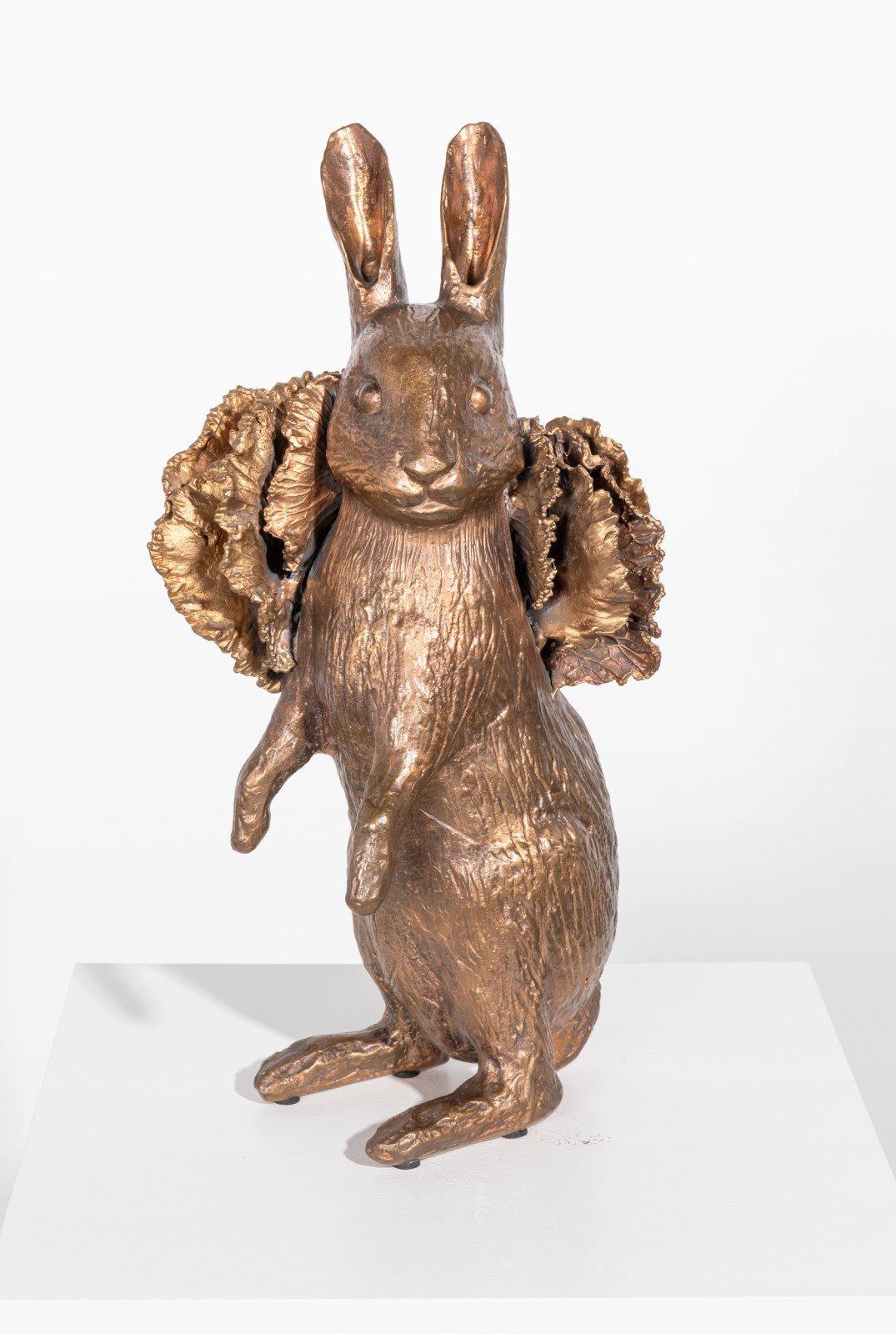
None of this needs to be exclusive or definitive. One may love the Lalannes but also Donald Judd at Marfa or John Pawson or Rietveldt. Lucky Karl Lagerfeld, who maintained separate residences for his varied tastes, the Monaco flat for Memphis 1980s design, a hôtel particulier for French 18th century decorative arts, his Austrian Art Nouveau elsewhere. ‘Post-modern’ it was once called, like those Memphis meubles, now it is the way we live, enjoying the whole world not in terms of ‘either/or’ but ‘both/and’. Indeed take the case of Judd, exemplary in connection with Les Lalanne, who straightforwardly designed furniture without compromising his reputation as a sculptor. It is furniture, it may also be an object worthy of reverence, a museum piece, a collector’s item, none of which diminish Judd as an artist.
The Lalannes knew the Giacometti brothers, with their ludic interplay between art and furniture, and they also knew John Chamberlain, whose styrofoam sofa, as well as Mark di Suvero’s aluminum swing, were produced at the same time as the Lalanne sardine bed by the in New York in 1985 and installed in LA soon after, followed by the Lalanne dinosaurs in Santa Monica in 1989, many years before Koons’ first puppy in Kassel. Such ‘living’ sculptures have their precedent in the follies and temporary installations of royal masques and court celebrations, but in terms of contemporary art, there is no doubt the Lalannes created their flowering giant animals long before those of Koons.

François-Xavier knows how to marry the elegance of drawing to the vigor of the form. It is true that which is truly well designed is clearly formulated, and for me this perfectly defines his character. —Claude Lalanne
Another issue central to the Lalanne oeuvre is how two of the most continuously beloved subjects of art, nature and animals, domestic or otherwise, came to be excluded from contemporary iconography. The Koons puppy seemed groundbreaking (to those who had not seen the Lalanne elephants) because it brought together, on a celebratory scale, both of those things so long absent, an animal and flowering nature. How few artists today, especially in America, engage with nature; one thinks of the quasi-activist practice of Mark Dion, or similar in its sociopolitical critique, the works on paper of Walton Ford, or perhaps the giant roses of Will Ryman. In Europe, the work of Jean-Luc Mylayne makes one look twice, precisely because it is so rare to see contemporary photography of birds, whilst we also have the owls and beetles of Jan Fabre, the butterflies of Hirst, a red rhinoceros by Xavier Veilhan, a hive of live bees or wandering dog by Pierre Huyghe, and the tattooed pigs and rutting stags of Wim Delvoye.
Art lost this connection to nature which was its initial base, and which was replaced by issues of urbanism, mass-media, commercial reality, that city-based modernism of the Monet painting the Gare Saint Lazare in 1877. But throughout this transformation, there has always been a resistance, a heartfelt doubt nourished by a select band of artists. Here is a description by Olivier Berggruen, from his essay ‘Paul Klee — In Search of Natural Signs’, which could as well apply to the work of the Lalannes:
“Klee never ceased proclaiming his desire to be at one with nature. To his students at the Bauhaus, he said — ‘The artist is a human being, himself nature and a part in the realms of nature.’ For Klee the feeling of being at one with nature was born out of the ‘discovery of unexpected relations from one element to another.’ One may recall that he had assembled a collection of natural history specimens — herbs, leaves, flowers, algae, moss, butterflies, stones and crystals — of which he studied the color, shape and structure. The vein of a leaf; the grooves of a tree’s bark; a snail’s shell — this vast dictionary of forms can be reproduced endlessly, providing a model of artistic creation to be manipulated through growth, repetition or extension.”

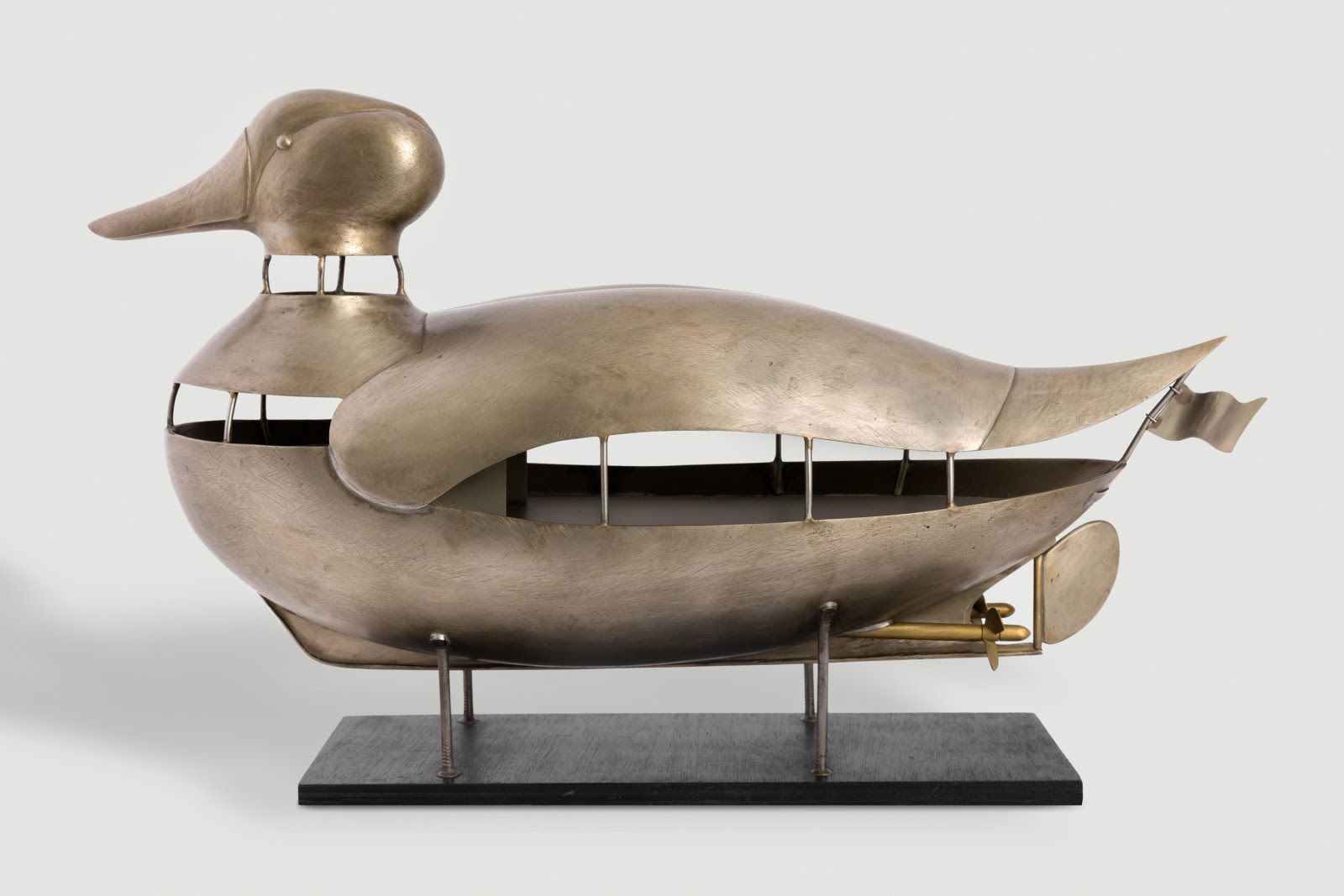
Also lost in art’s severance from the animal world is the vast, labyrinthine mythology that once accompanied us, a storied corpus of tales, fables, rhymes and sayings that linked us to nature and to the founding myths of creation, to the Gods themselves. Many bemoan that some of the greatest works of Western art are no longer comprehensible to a public who have lost, or never encountered, any basic knowledge of Christianity; and likewise the entire range of Greek and Latin theology and literature has almost vanished from contemporary consciousness. For without a working understanding of such mythology, the founding stories of ‘Western civilization’, innumerable art works can no longer be fully interpreted or enjoyed.
André Mourgues, an old friend of François-Xavier Lalanne, insists that one must not forget he was a classicist, educated by Jesuits, at home in ancient Greek and Latin, daily nourished by Classical culture. Likewise his daughter Dorothée Lalanne makes clear in her text “Polymorphoses” that such myths of transformation and regeneration, especially Ovid’s Metamorphosis, are key to appreciating the world of François-Xavier. Hence the figurative sculptures of the Lalannes might be described with the language of that pre-modern culture, where man, animal, and plant fuse together or magically reign in their own domain. The Bible is full of such descriptions which smelt together the human and metal:
“And your neck is an iron sinew and your forehead bronze”, “his feet were like burnished bronze”, “your locks will be iron and bronze”, “And behold, there was a man whose appearance was like the appearance of bronze”, “his bones are tubes of bronze; his limbs are like bars of iron.”
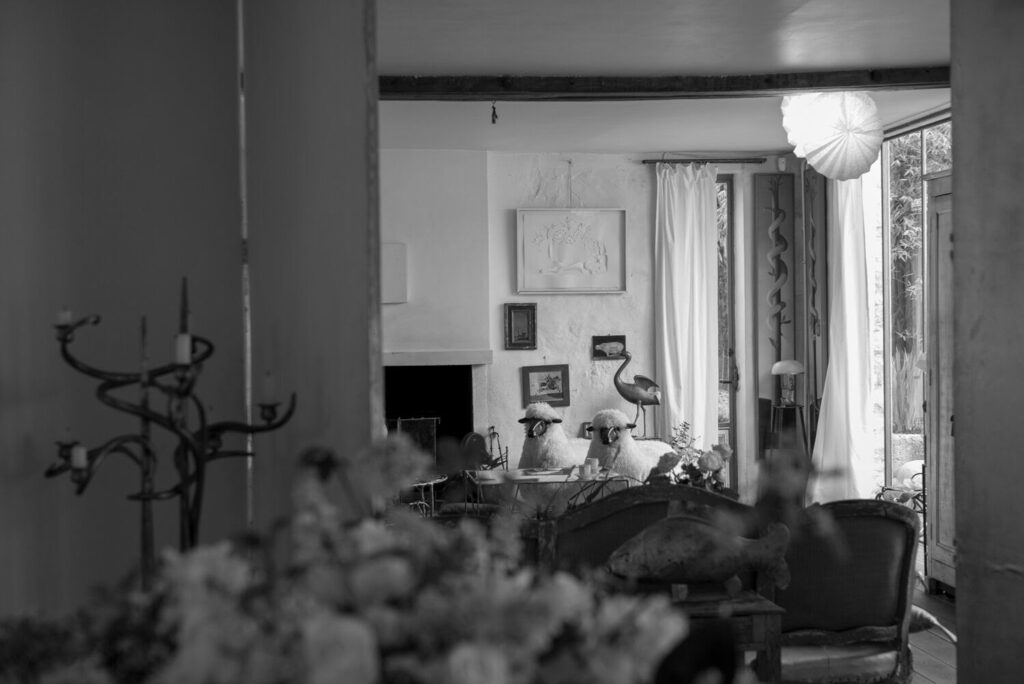
This is the domain of metaphor as much as fable, the transformations wrought by language as vivid as any of the arts. The word most used to describe the work of Les Lalanne is poésie, which has perhaps slightly more breadth and depth than the English ‘poetry’, but should never be confused with ‘charm’ or ‘whimsy’. Rather it is a technical description of what the two artists produce, turning one object, one idea, into another and then into something altogether else. As with any successful metaphor, poetic synthesis, once conjoined they then feel entirely right, clicking together with an inevitability that seems pre-ordained. The mouth and the apple lived apart so long but once these lips appeared on the surface of the fruit it was as if they had always been there, ancient as Genesis, fundamental as Eve. This is a true ‘conceit’ in the sense of a “fancy or fantastical item, a fanciful idea, an elaborate or improbable metaphor, a truly original opinion.” Thinking of Claude Lalanne’s Choupatte, here is a line from Virginia Woolf ’s Mrs. Dalloway, written in the year of Claude’s birth: “…among the cauliflowers in the moon-light, the leaves ‘like rough bronze’ she had said, with her literary turn; and she had picked arose.” Her ‘literary turn’, that is exactly Claude, a ‘turn’, a way of turning everything into every-thing else, seeing plants as metal, rough bronze as flowering leaves, to make something, from what most people would not have the patience or imagination to perceive. Like alchemists, Les Lalanne transform the world into rare and valuable substance, forging from the crucible of their creativity a new hybrid species. This is the domain of poetry, of simile and metaphor made flesh, that ‘metaphysical wit’ as described by Dr. Johnson regarding those 17th century poets:
“But wit may be more rigorously and philosophically considered as a kind of discordia concors; a combination of dissimilar images or discovery of occult resemblances in things apparently unlike. Of wit, thus defined, they have more than enough. The most heterogeneous ideas are yoked by violence together; nature and art are ransacked for illustrations, comparisons, and allusions.”
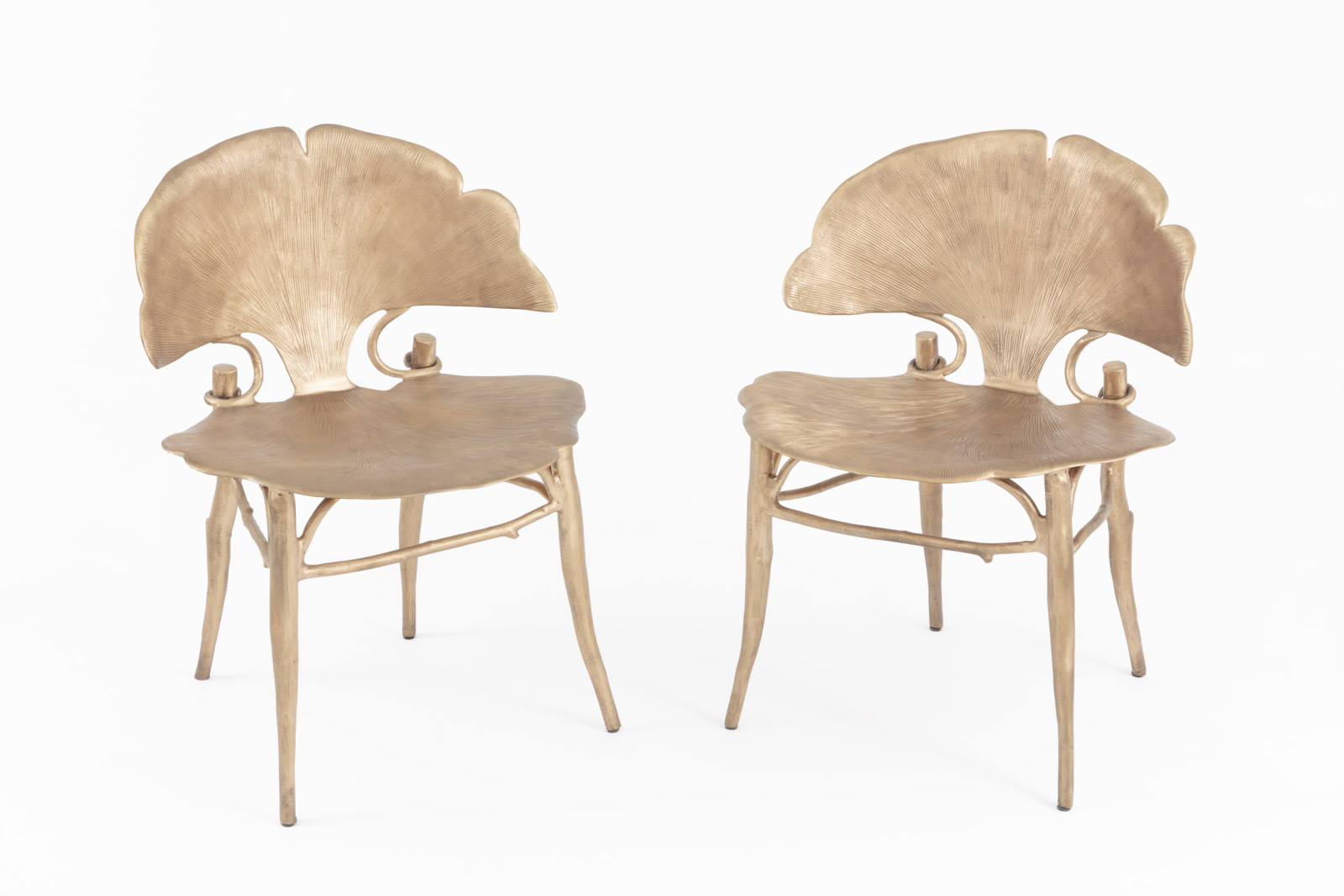
There is also something poetic in the old fashioned artisanal labor of the Lalannes, working by themselves, on their own terms and in their own time, in the seclusion of their farm. For the Lalannes created their work with their own hands whilst someone like Scott Burton had others do his chair carving, and Ai Weiwei’s chairs are strictly objets trouvées. As Claude comments, she is sure that they were mal vu, badly thought of, because their objects were not only practical but well-made, not rough or amateur enough. But such differences should not be exaggerated.
Like most artists, the Lalannes certainly never did all the work by themselves (nor did Michelangelo), whilst providing drawings and maquettes and their own close supervision. Both François-Xavier and Claude demonstrate a variety of practical skills, from soldering to electro-plating, but despite all differences in appearance between their objects and those of say, Donald Judd, their working methods were probably not so different. Judd also worked from drawings or models, was physically involved with many parts of the process and was equally obsessed with the perfection of the finished work. Likewise if you produced an exact time-and-motion break-down of what Koons puts into the production of a sculpture, the result might not be so different from the methods of the Lalannes.
The Lalannes stress the pleasure in the making, the hands-on construction, which links them to the artisanal skills of anonymous craftsmen-artists, from that golden period revived by the Arts & Crafts movement and William Morris. Funnily enough in that they are very much of the moment, very 2015, as the ‘hand-made’ could not be more fashionable amongst the modish youth of today; easily parodied as bearded hipsters brewing their own beer or latter day Blue-stockings running knitting classes in Brooklyn, there is an entire movement toward the lo-fi, the improvised, to ‘up-cycling’ and darning and planting, to the revival of such older skills. This generational impetus is also to be found in the art world. A recent exhibition at the Centre Pompidou by Dewar & Gicquel, a hip Parisian duo who won the Prix Marcel Duchamp in 2012, emphasized the fact they make things themselves, have taken up tapestry weaving, potting and painting to express themselves, their gimmick being that they create with their own hands, “unlike so many contemporary artists” as the institution commented approvingly.

Like any good art the work of the Lalannes is, to wield the cliché, ageless. It is so imbued by historical precedence, by the ‘animalier’ tradition going back to cave paintings and the Ancient Egyptians, by the heritage of haute mobilier, from the Middle Ages to Art Deco, that it becomes unidentifiable by decade or century. But it remains salutary to consider the number of artists with whom the Lalannes have socialized and worked, sharing ideas over so many decades. As with Picasso, one could write a separate thesis on each of these many phases and connections. Thus one could construe the ‘Modernist’ Lalanne of Brançusi, Jimmy Metcalf, Takis and Scott Burton; the ‘Surrealist’ Lalanne of Copley, Magritte, Ernst and Dalí; the ‘Pop’ Lalanne of Tinguely and Niki de Saint Phalle and Martial Raysse; the ‘Conceptual’ Lalanne of Duchamp, Spoerri, Yves Klein, Ed Ruscha and Paul Thek. But as with those art historians who so measure Picasso, by milieu and movement, what remains impressive at the end is that the work of Les Lalanne is still immediately, inherently identifiable as their own alone. “Rose is a rose is a rose”, but in any such garden we can be equally happily assured that “Lalanne is a Lalanne is a Lalanne.”
Adrian Dannatt is a writer, curator, editor and artist. His fiction and poetry has been published in anthologies including Best British Short Stories and PEN New Poetry and his books include the U.S. Holocaust Memorial Museum, Wim Delvoye, and most recently Les Lalanne: In the Domain of Dreams.
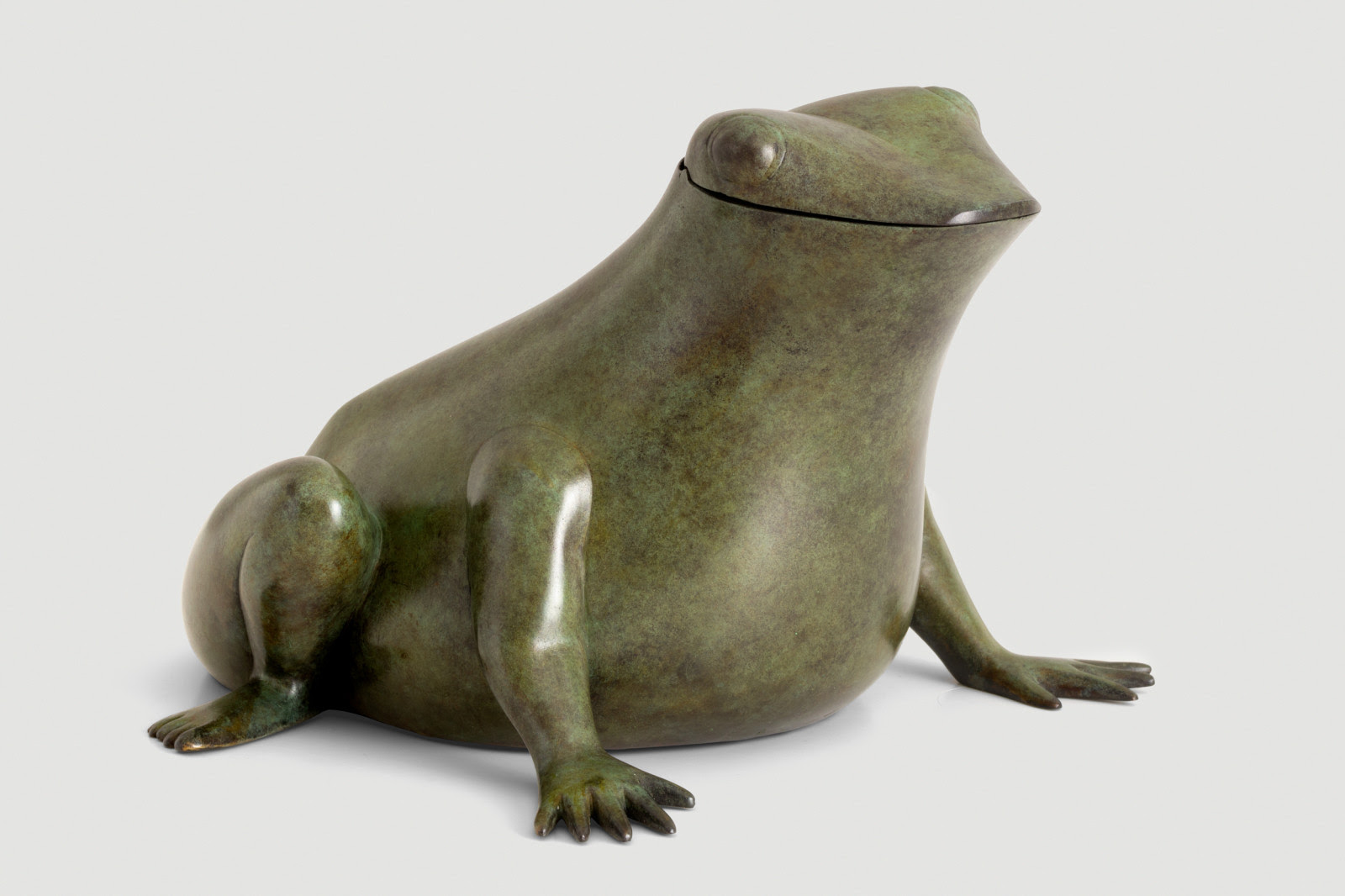

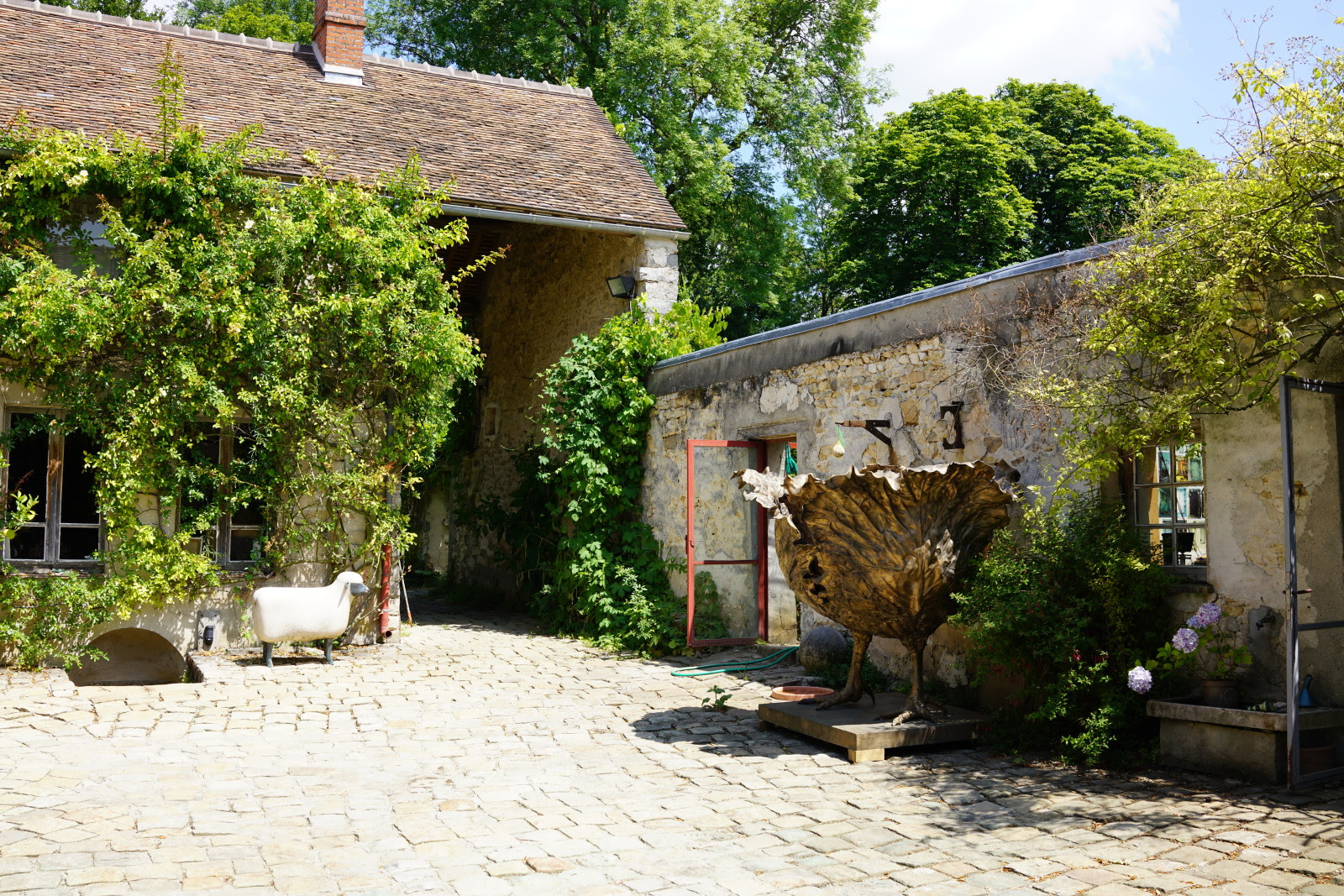
Photography by Paul Kasmin

Photography by Paul Kasmin
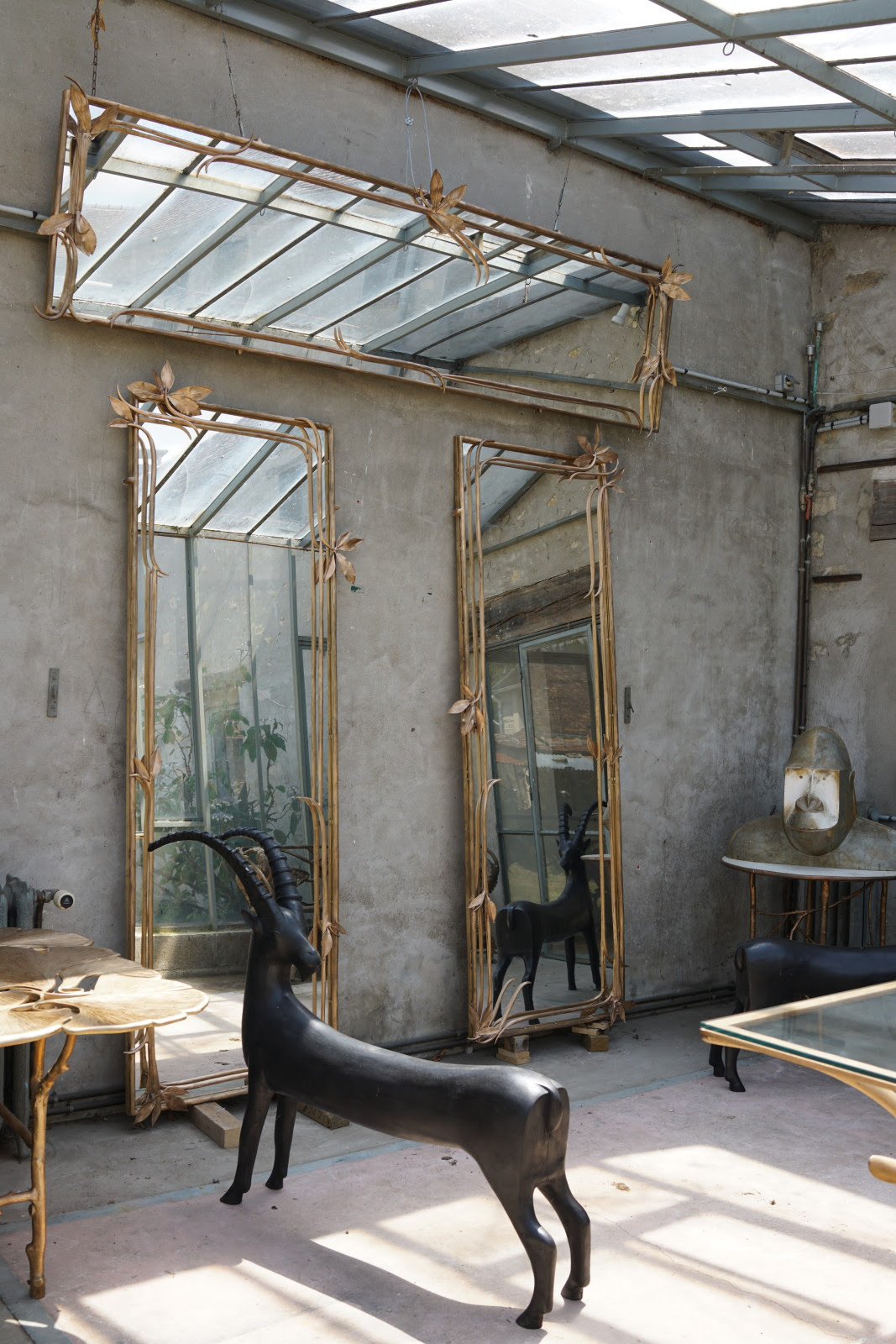
Photography by Paul Kasmin
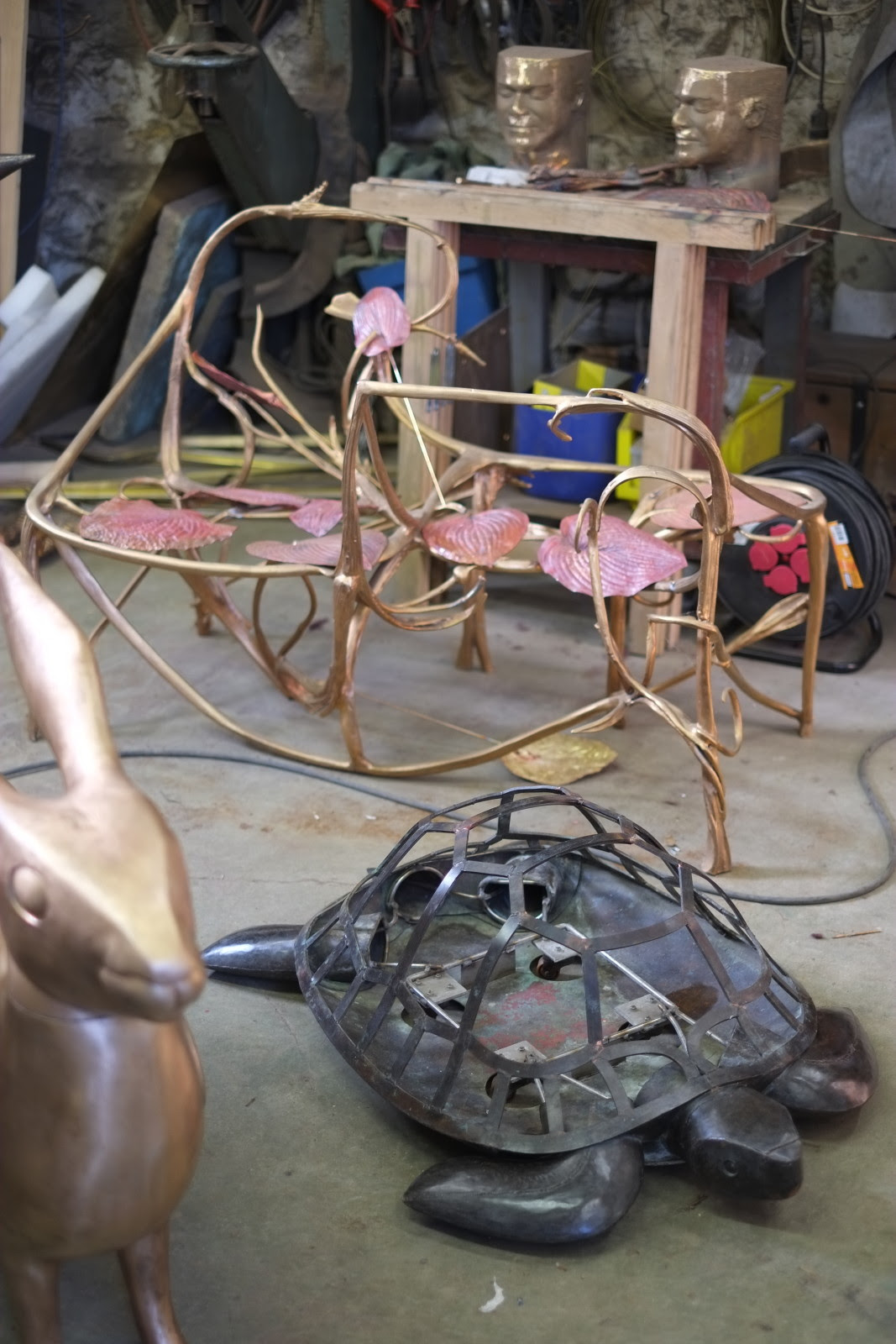
Photography by Paul Kasmin

Photography by Paul Kasmin

Photography by Paul Kasmin

Photography by Paul Kasmin
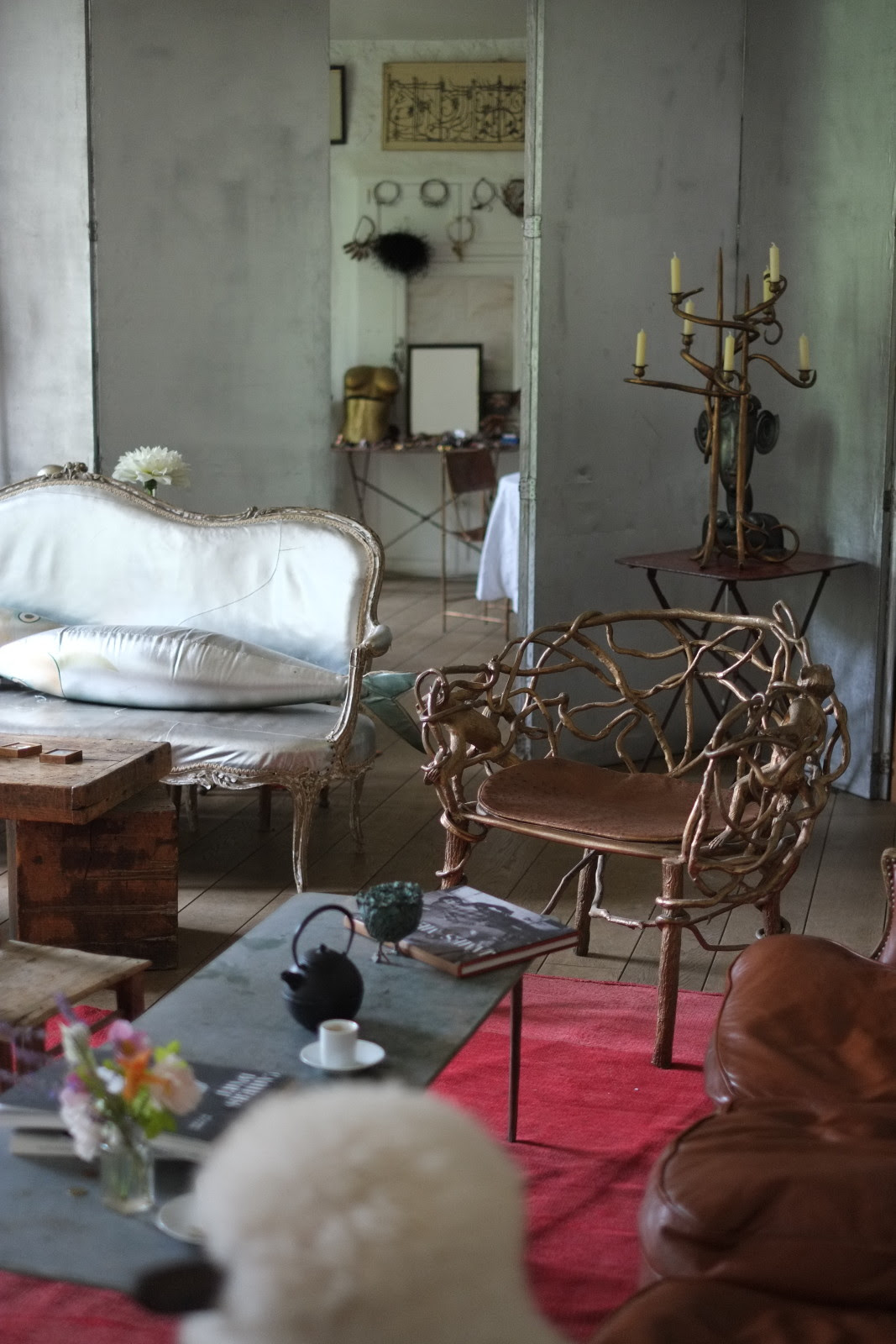
Photography by Paul Kasmin
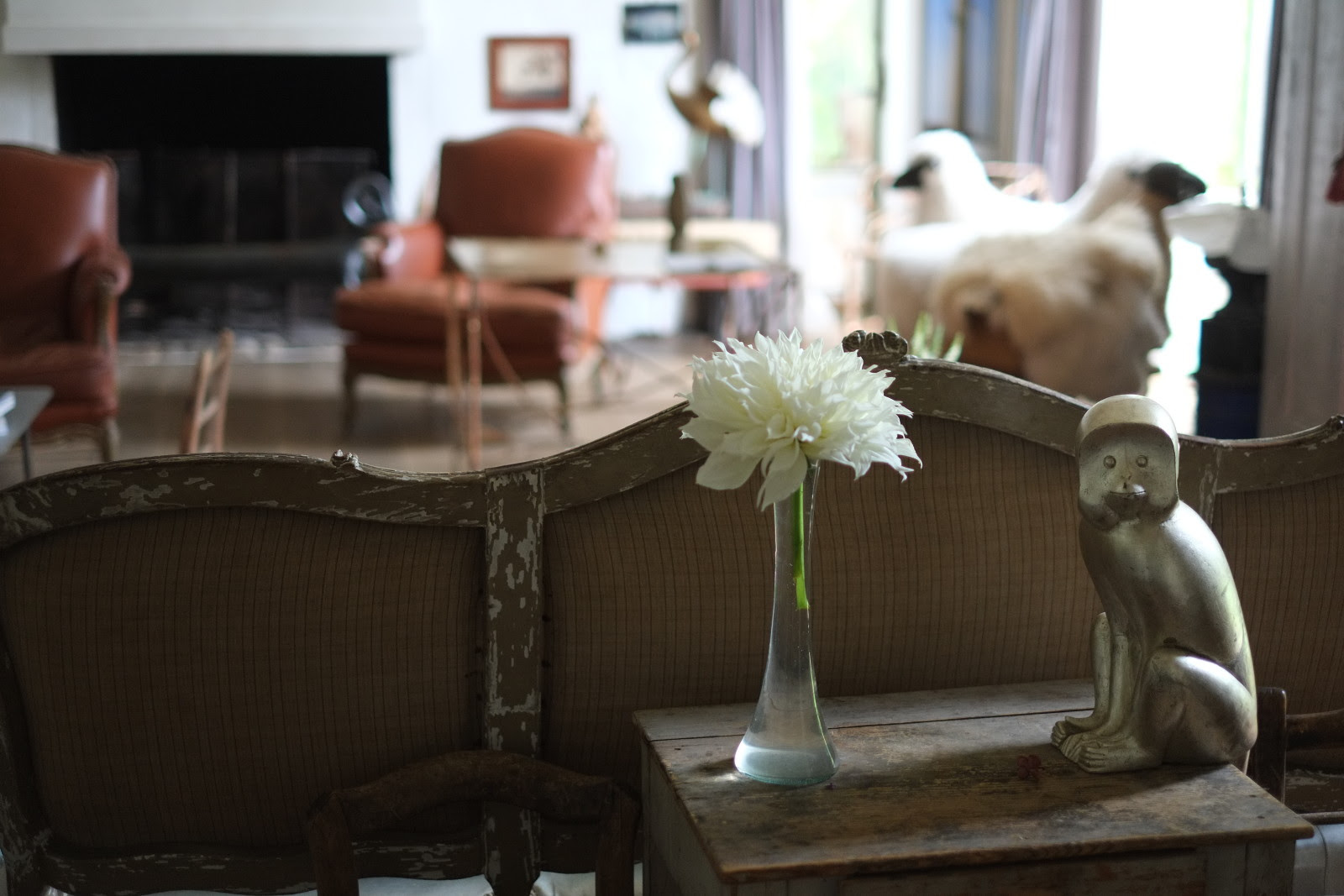
Photography by Paul Kasmin

